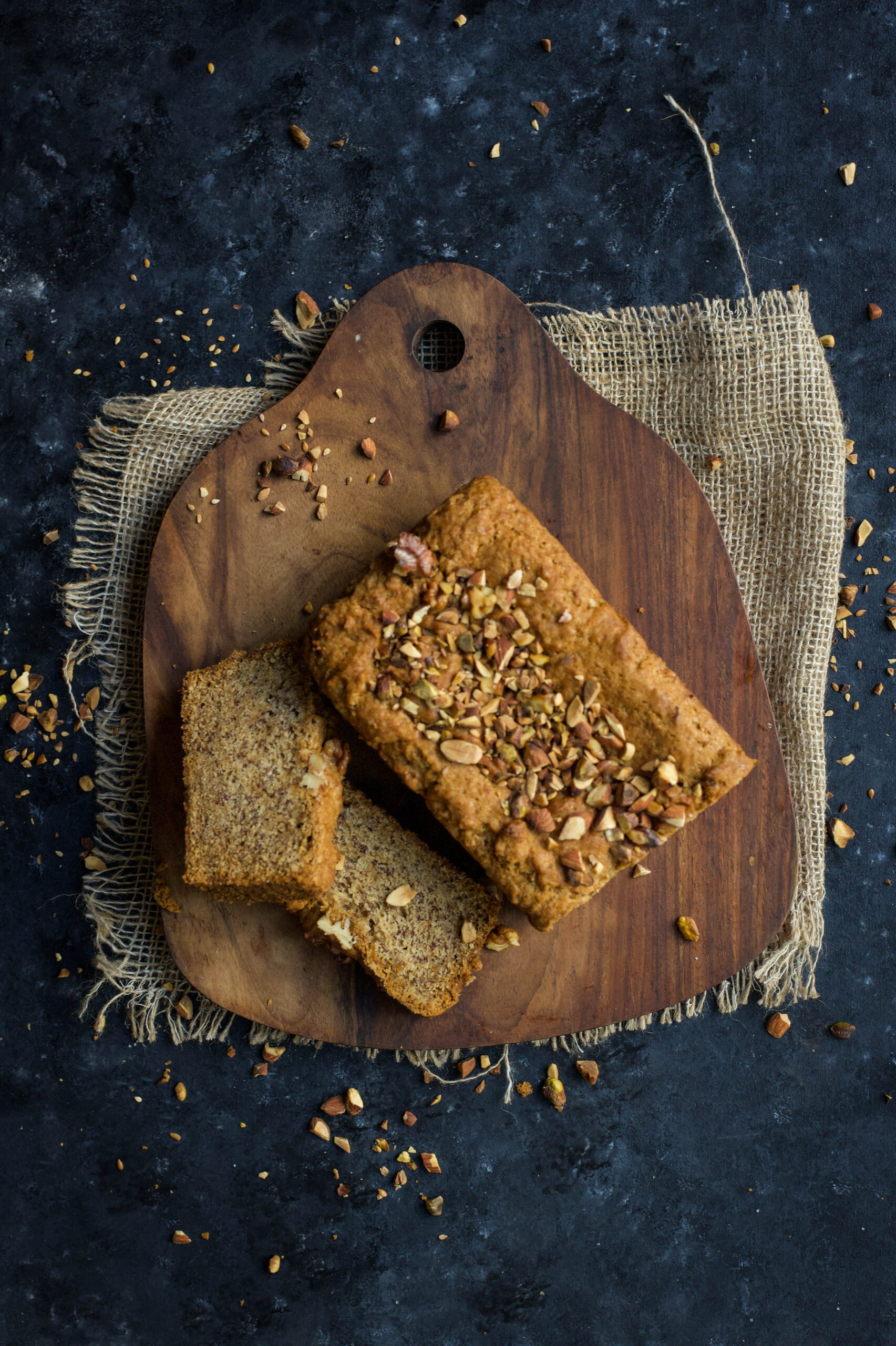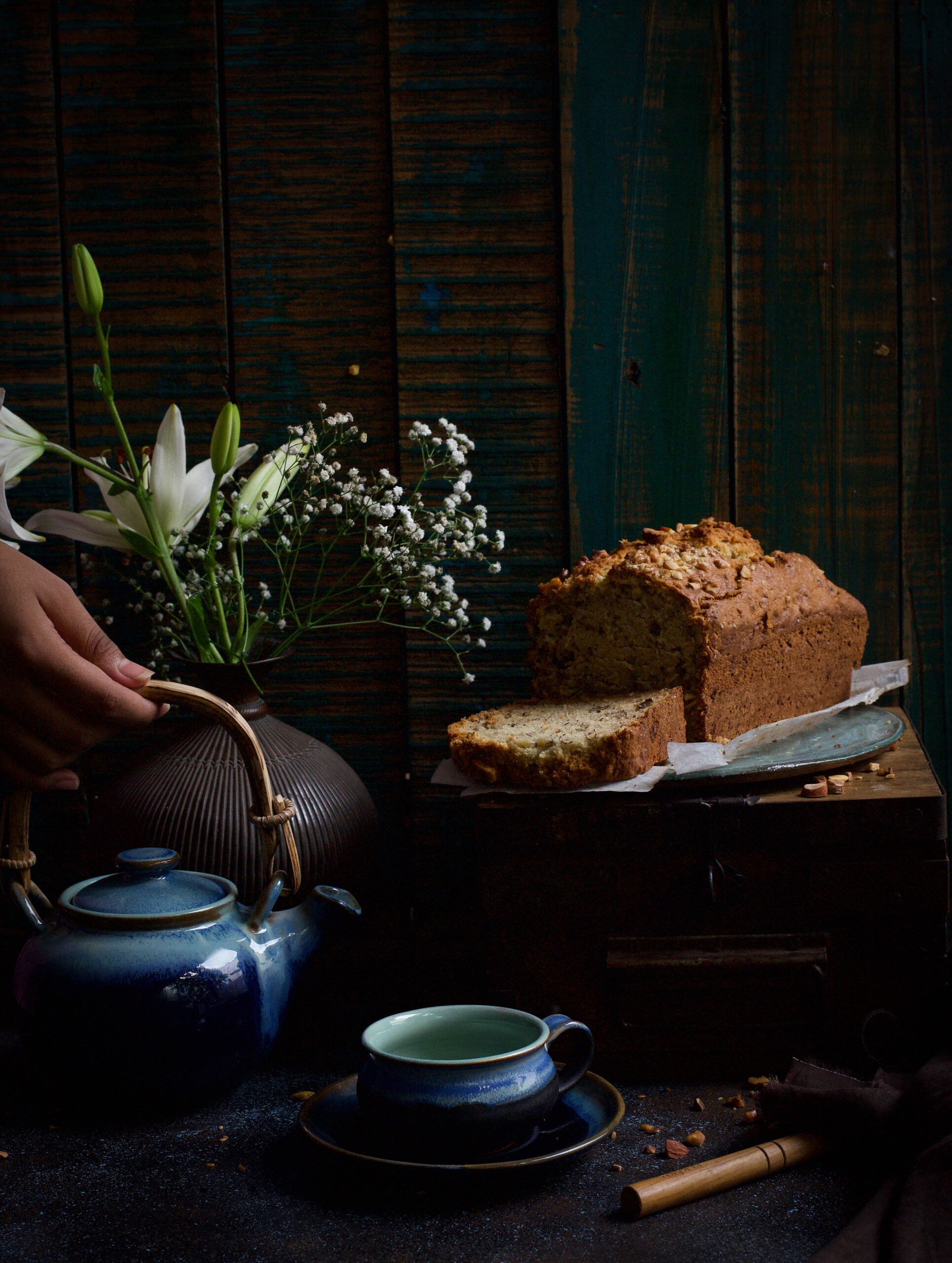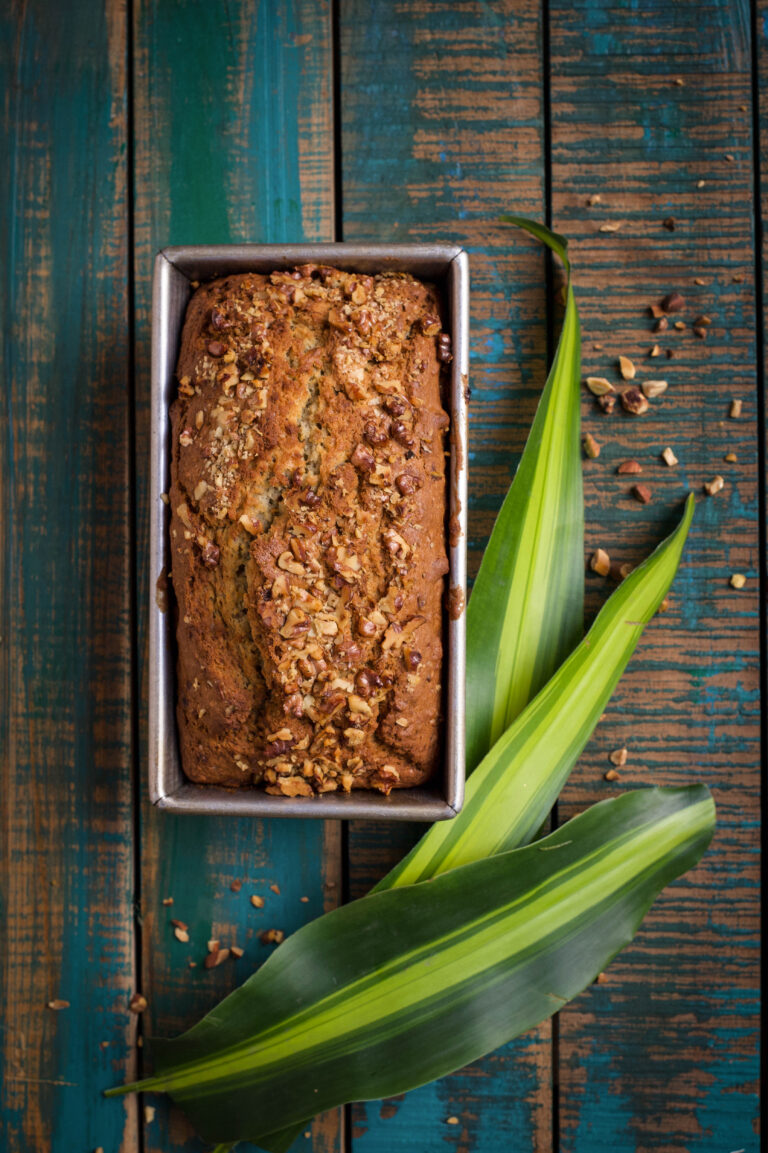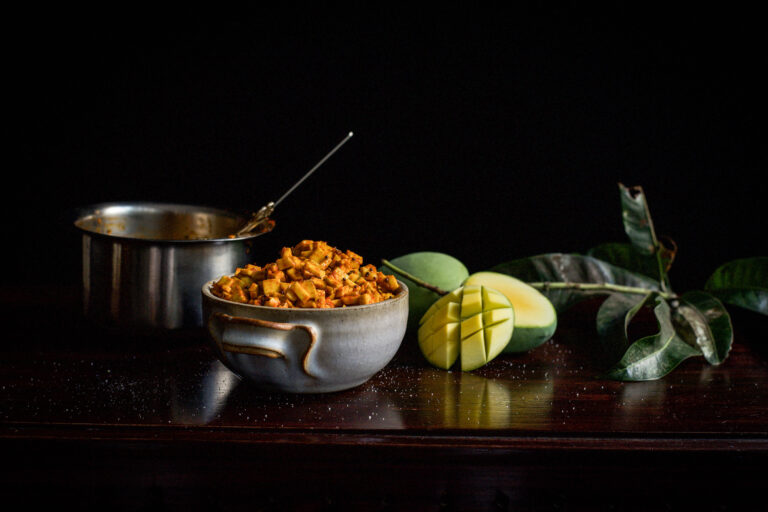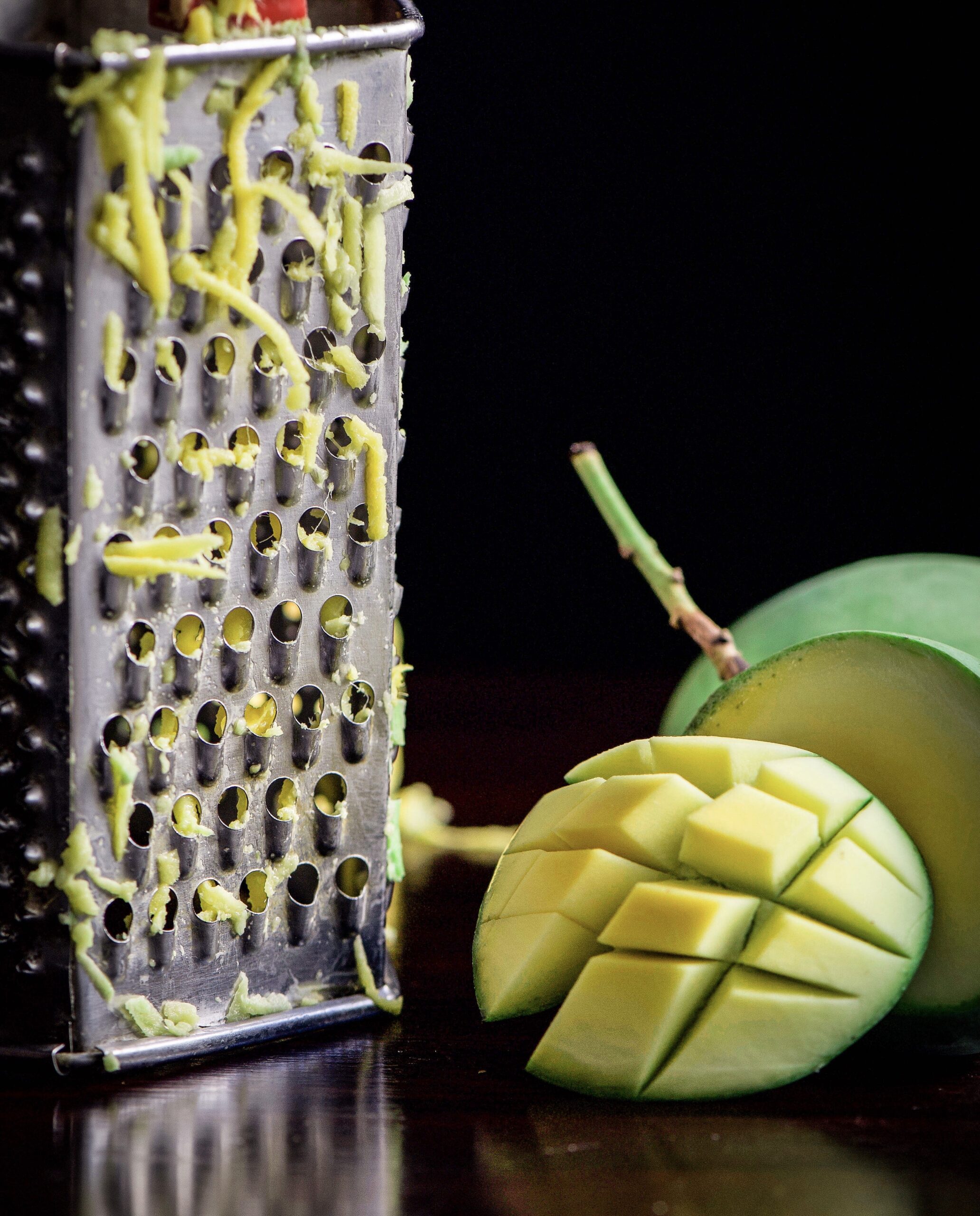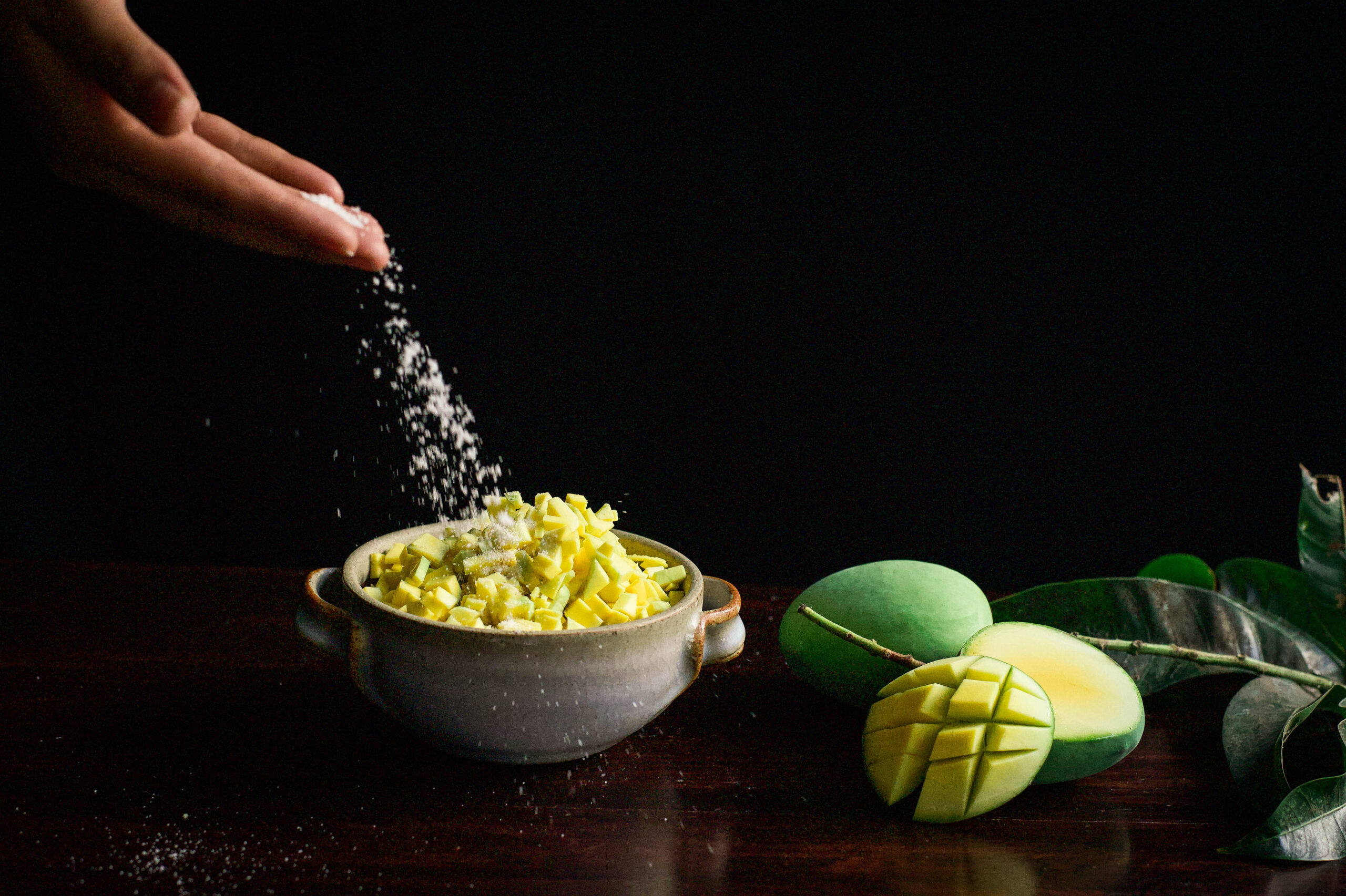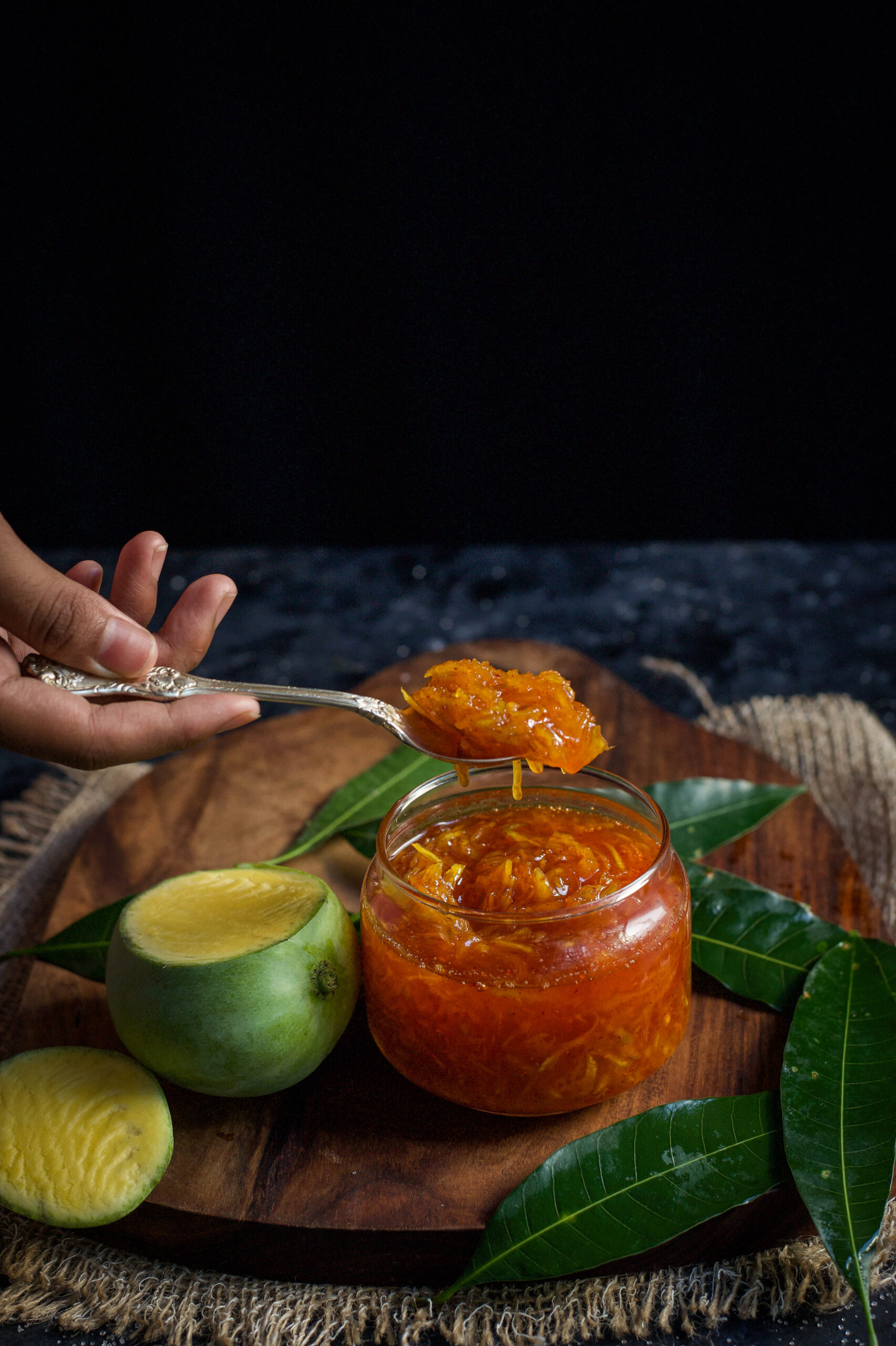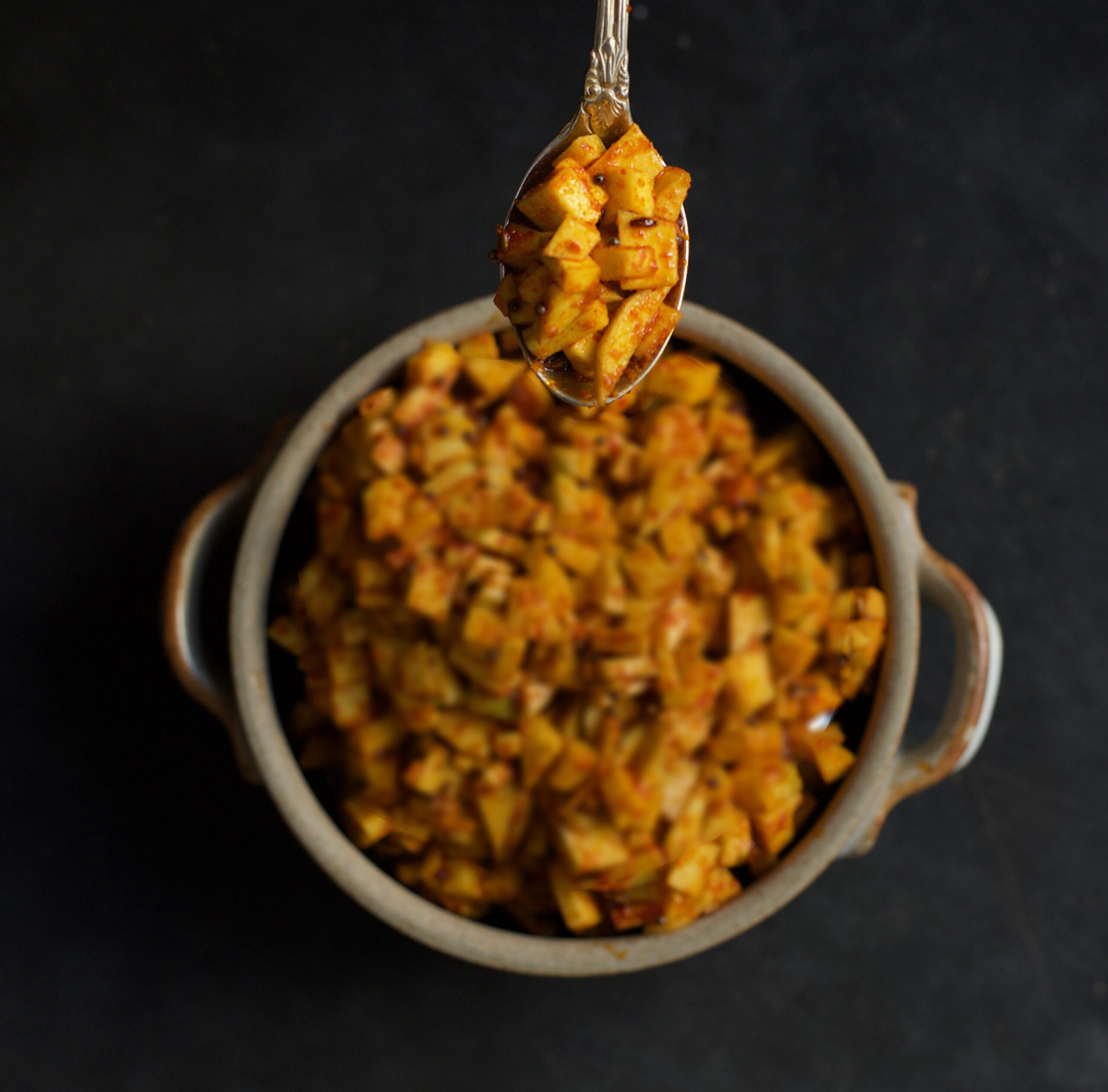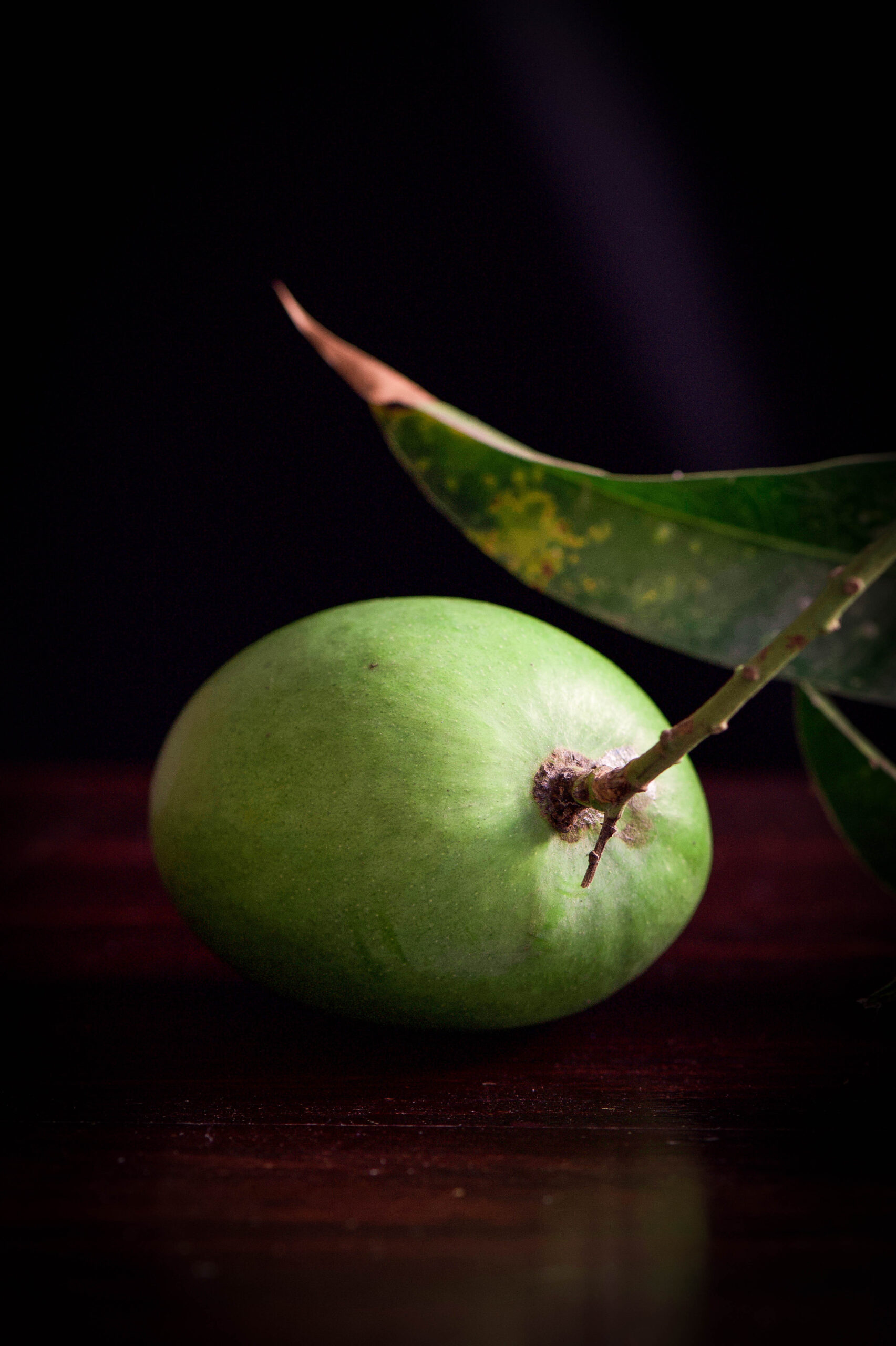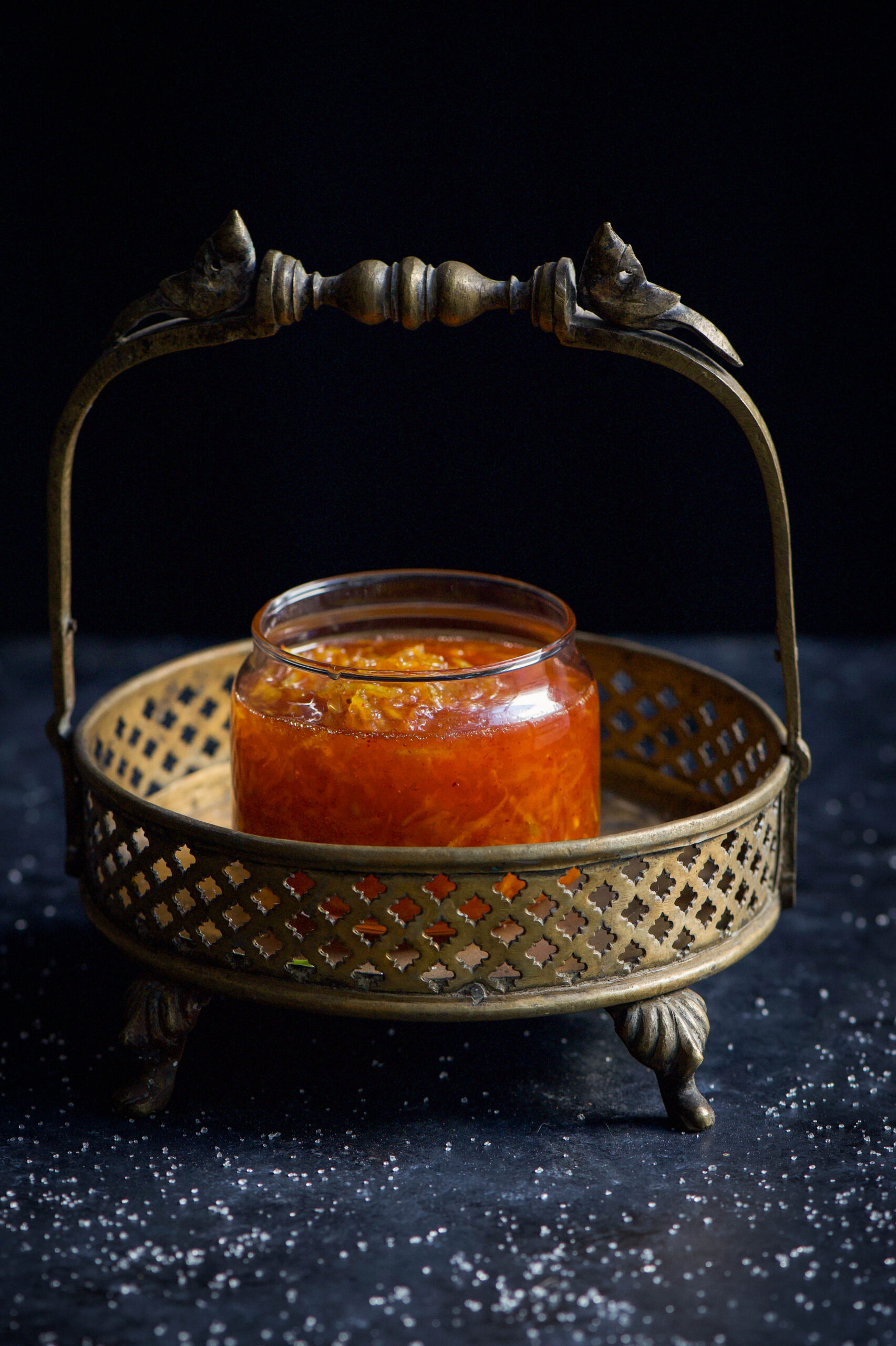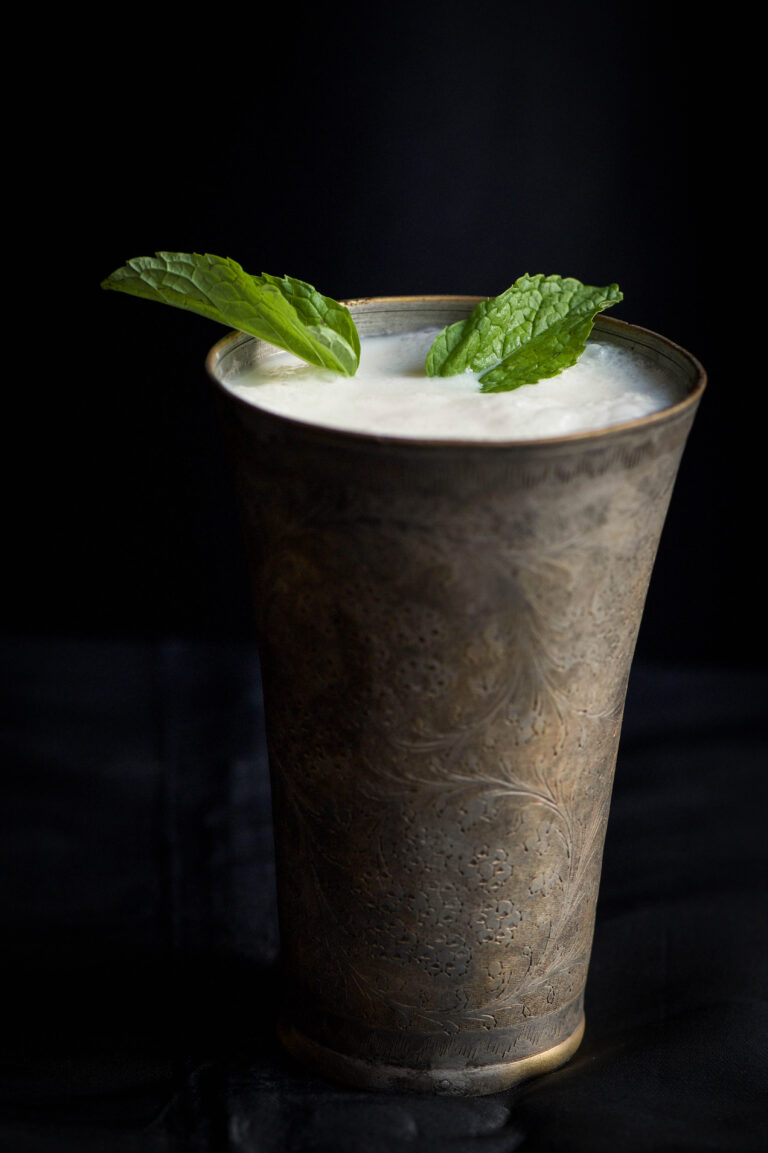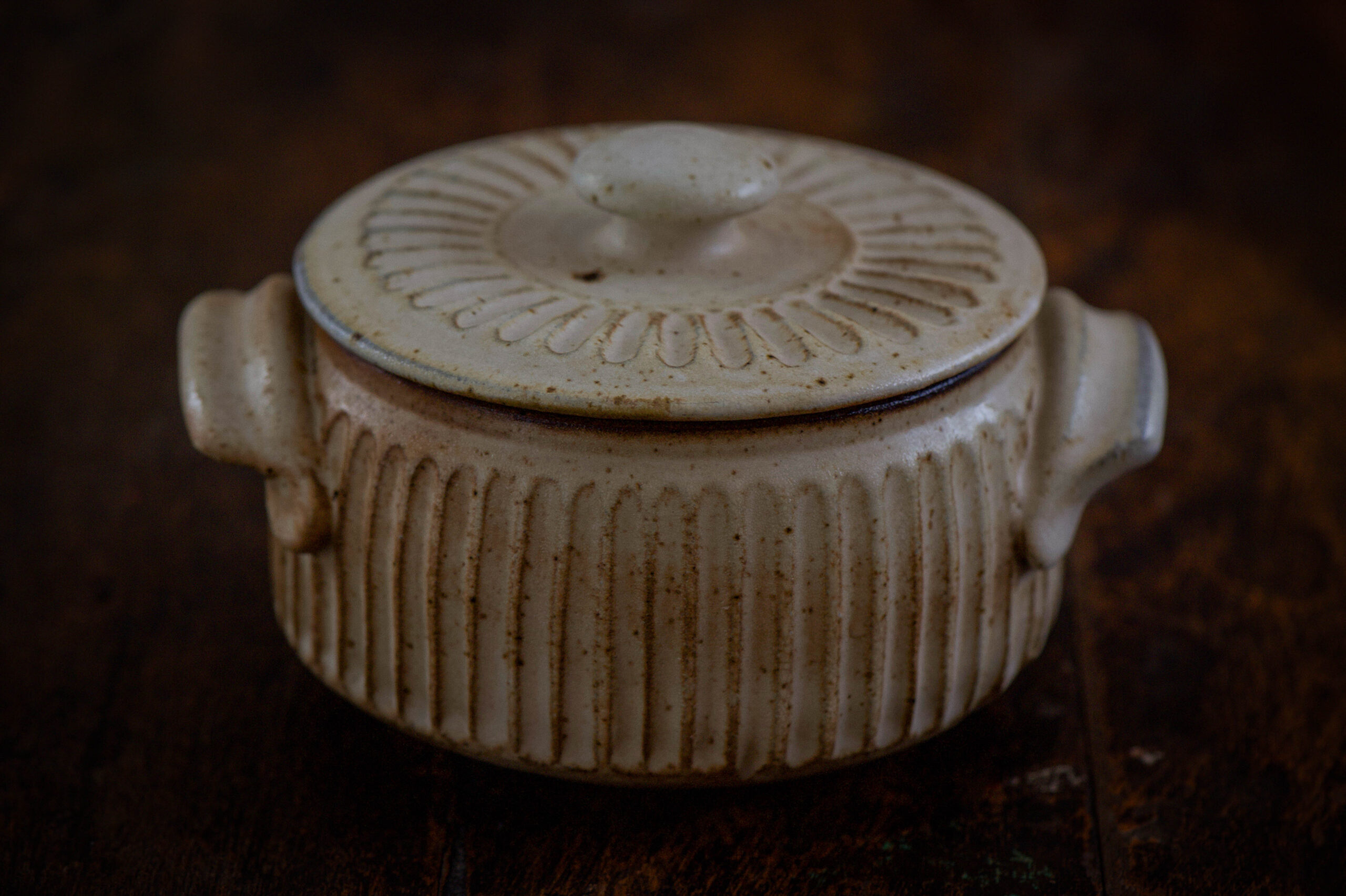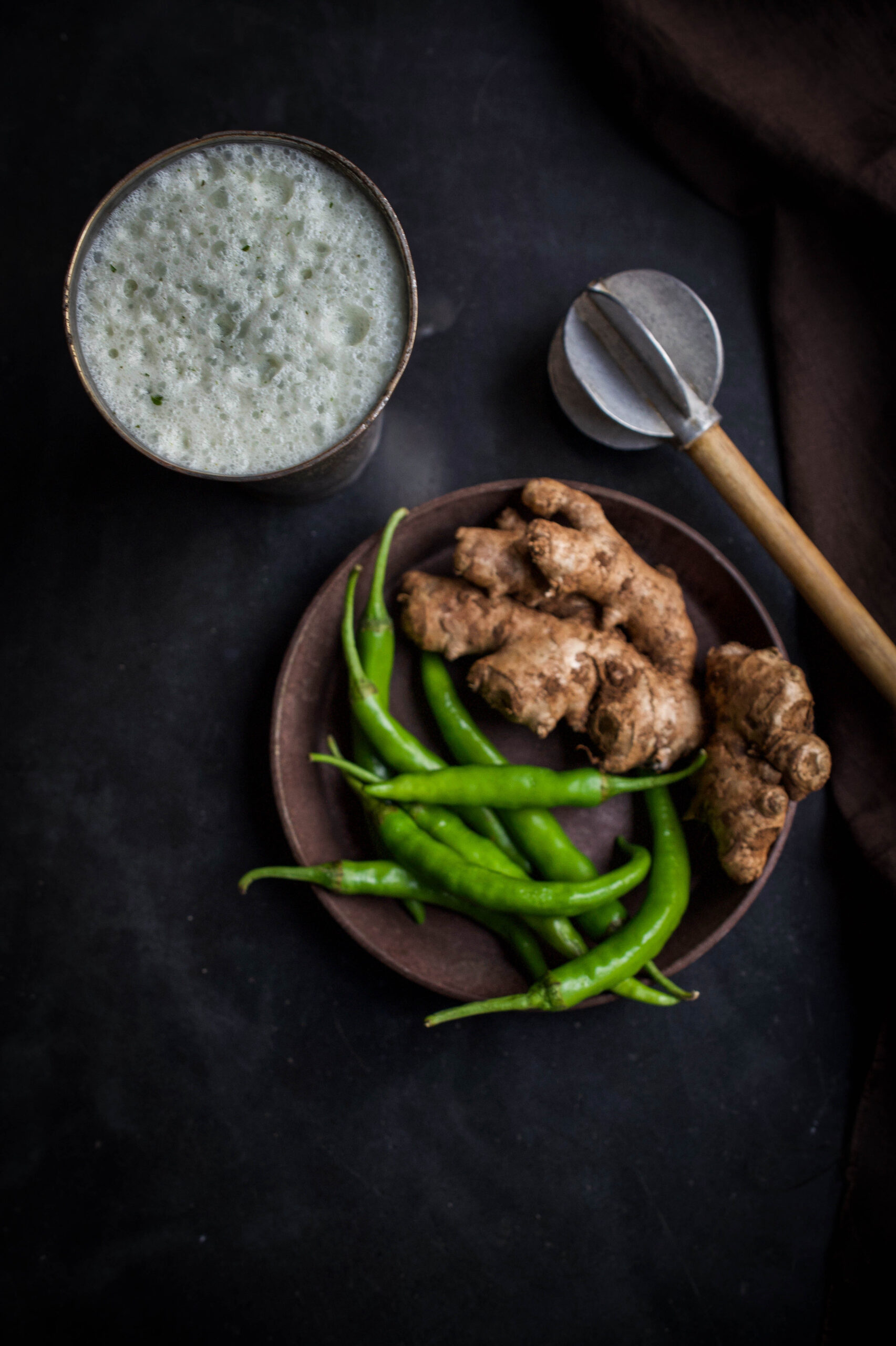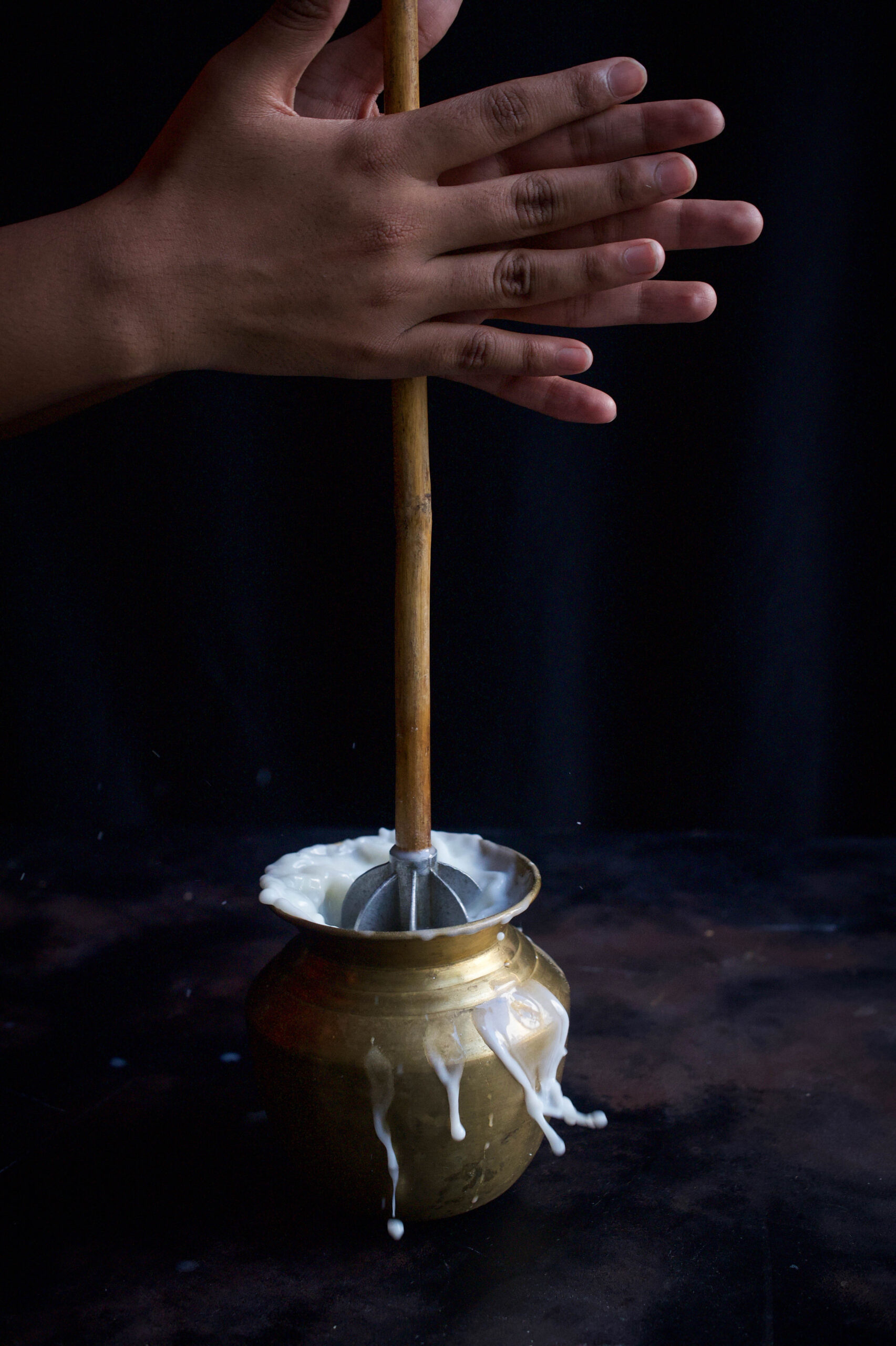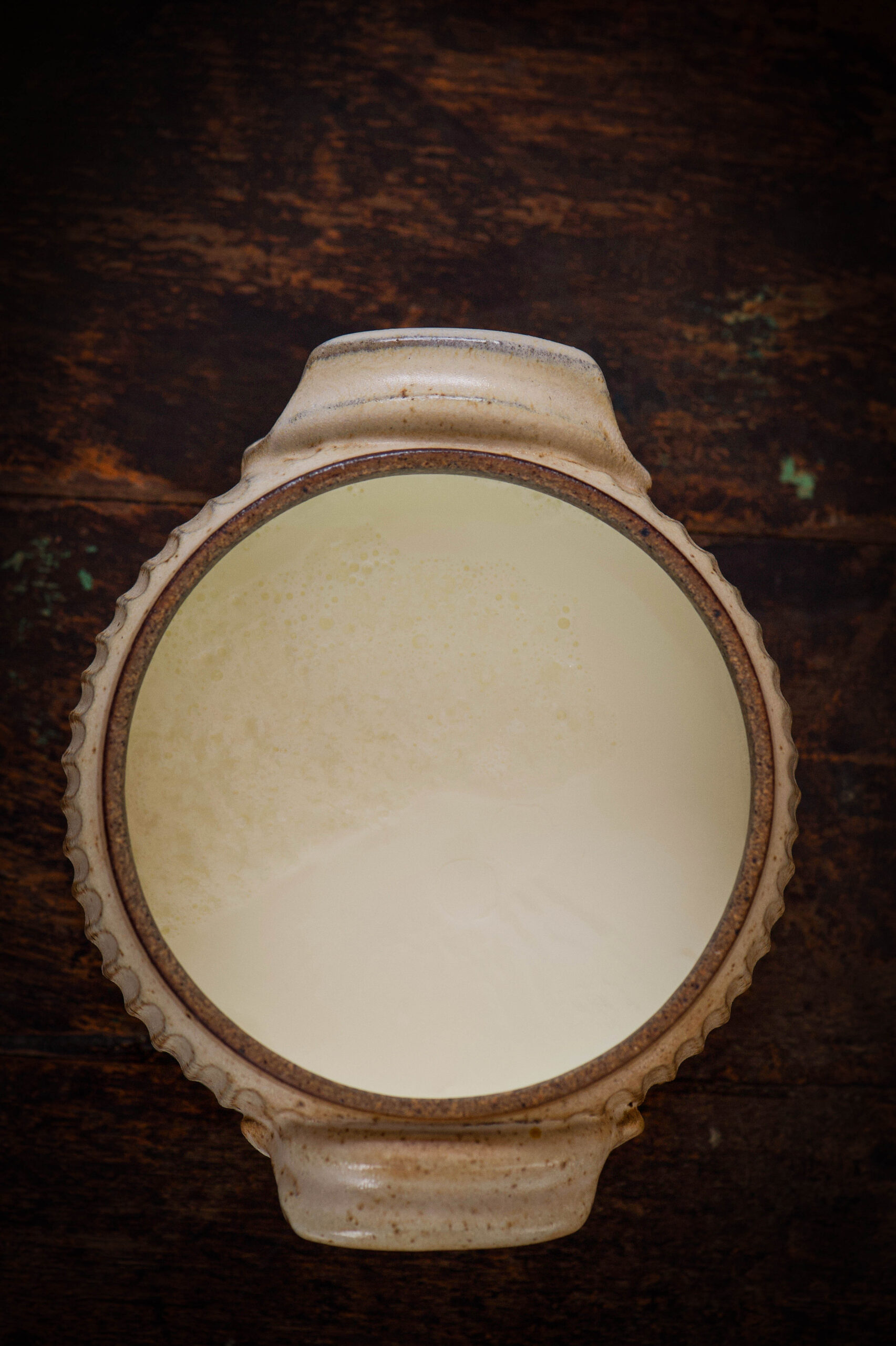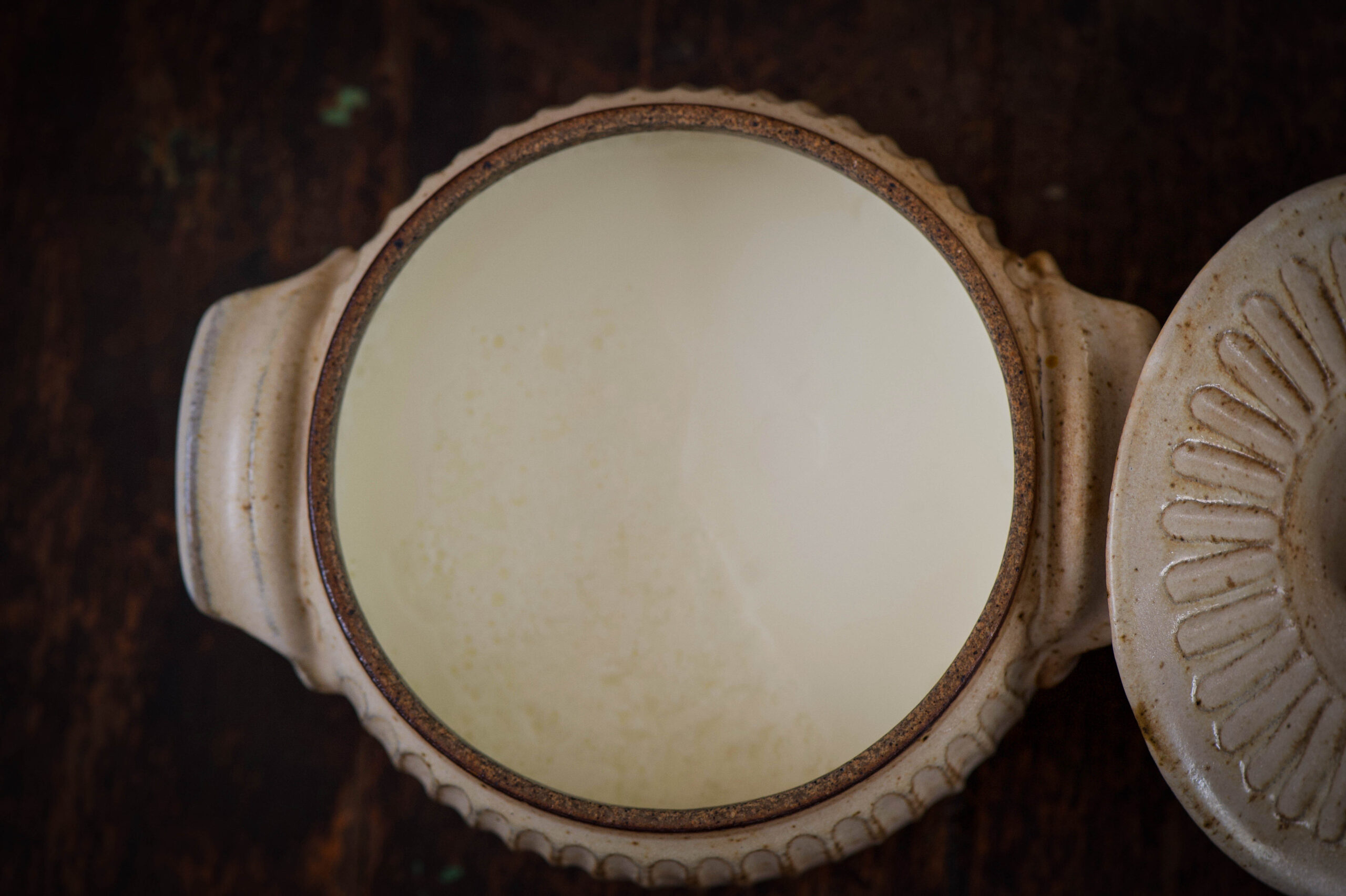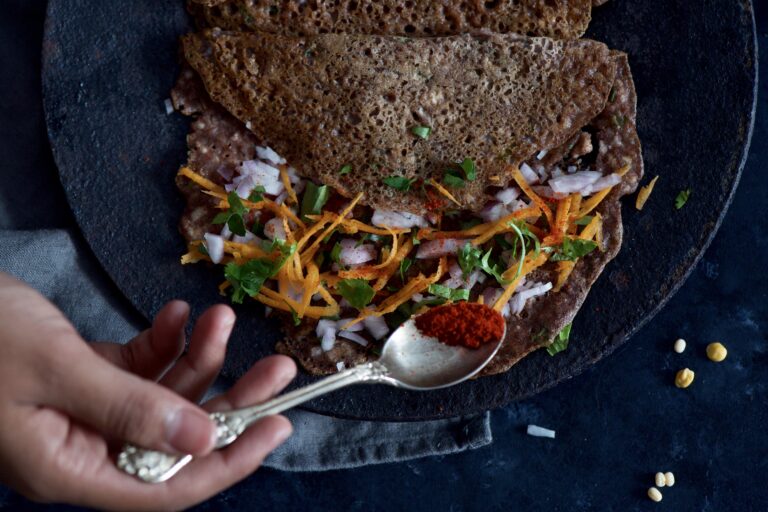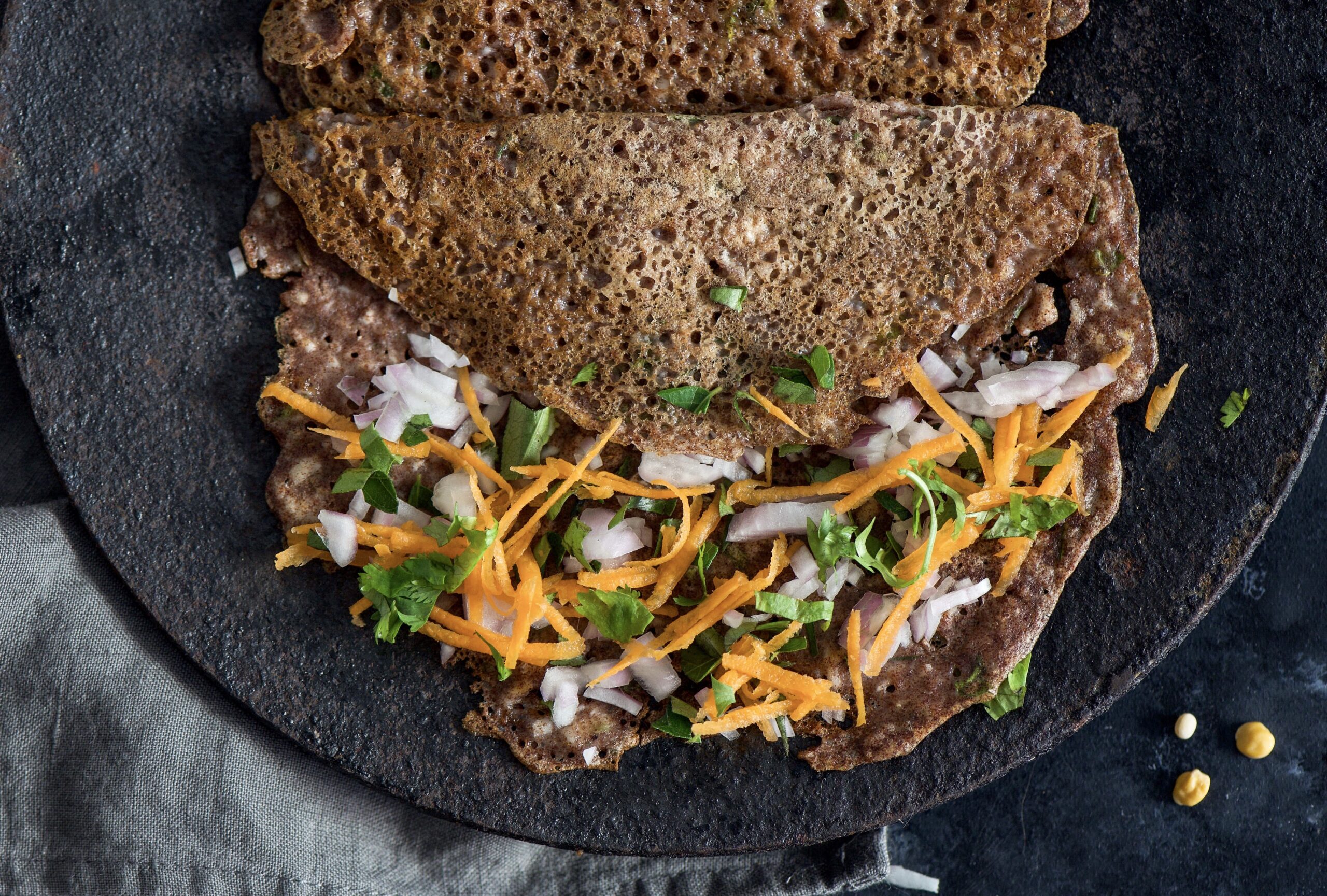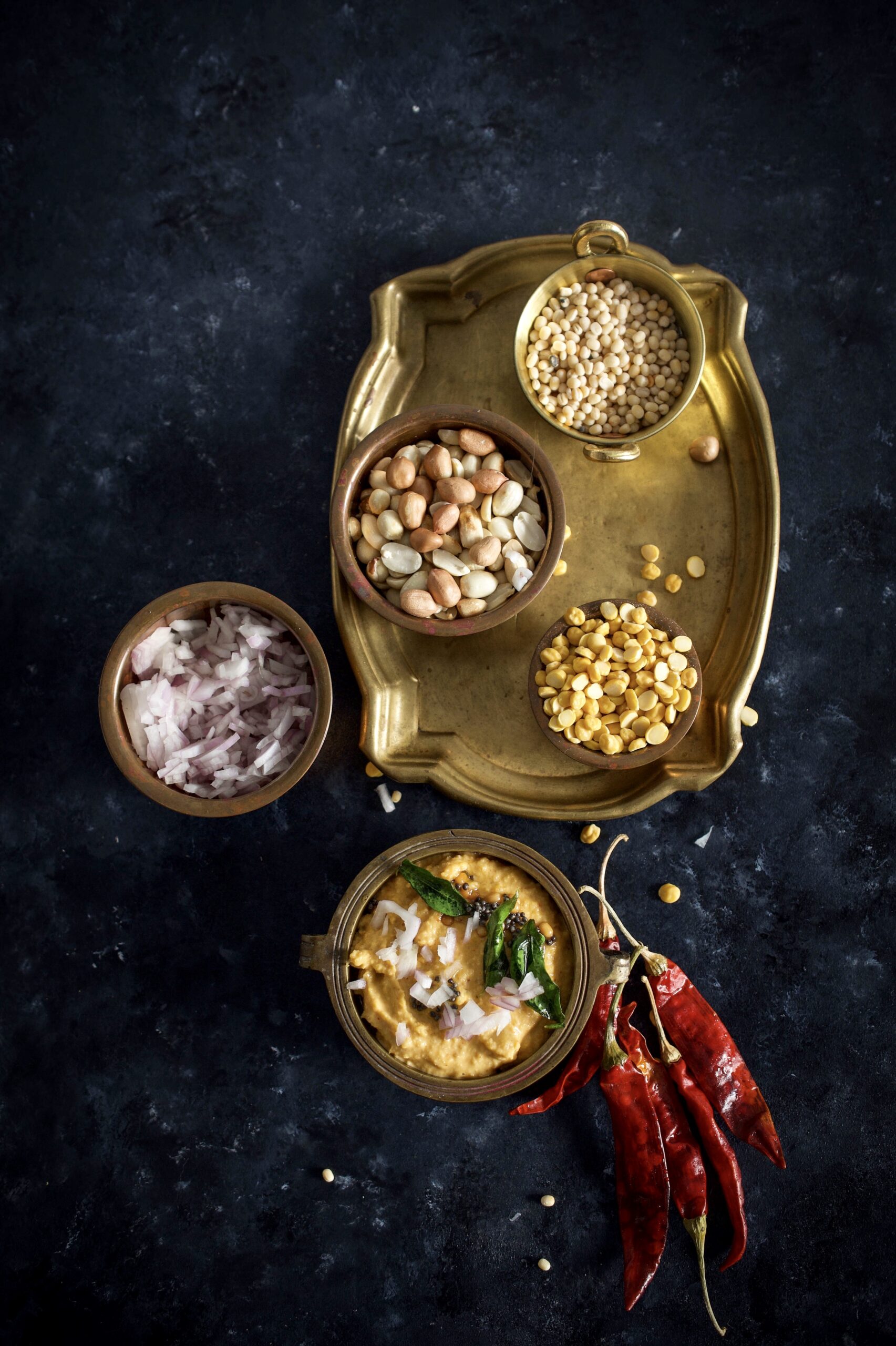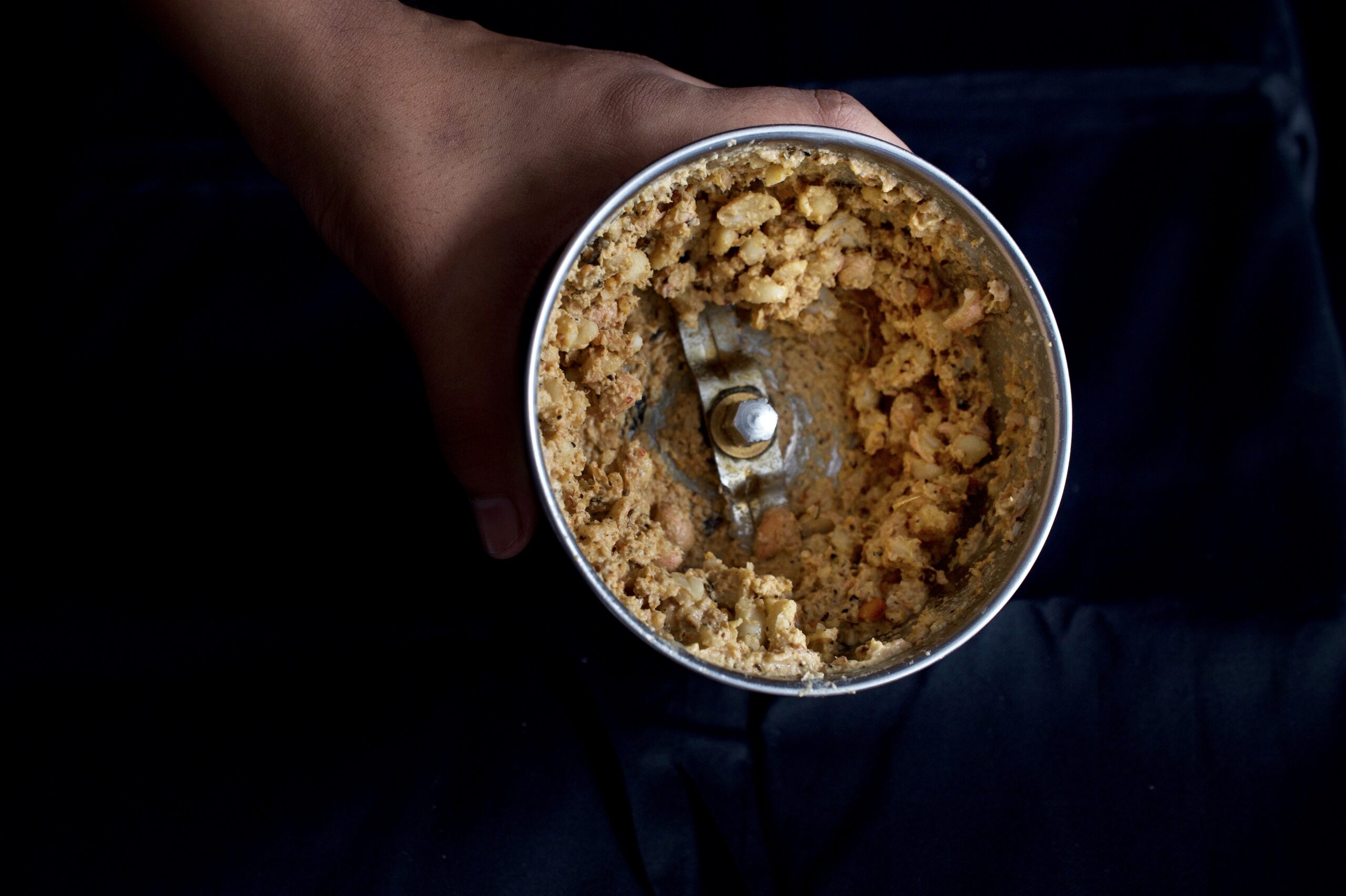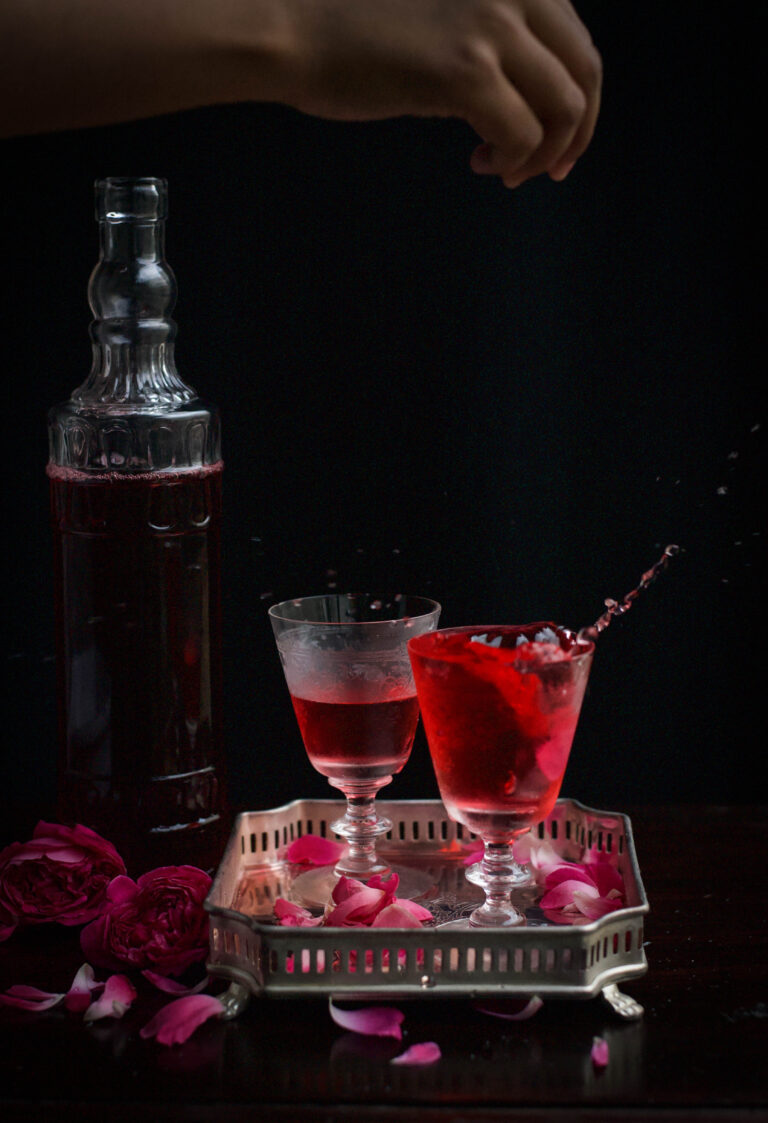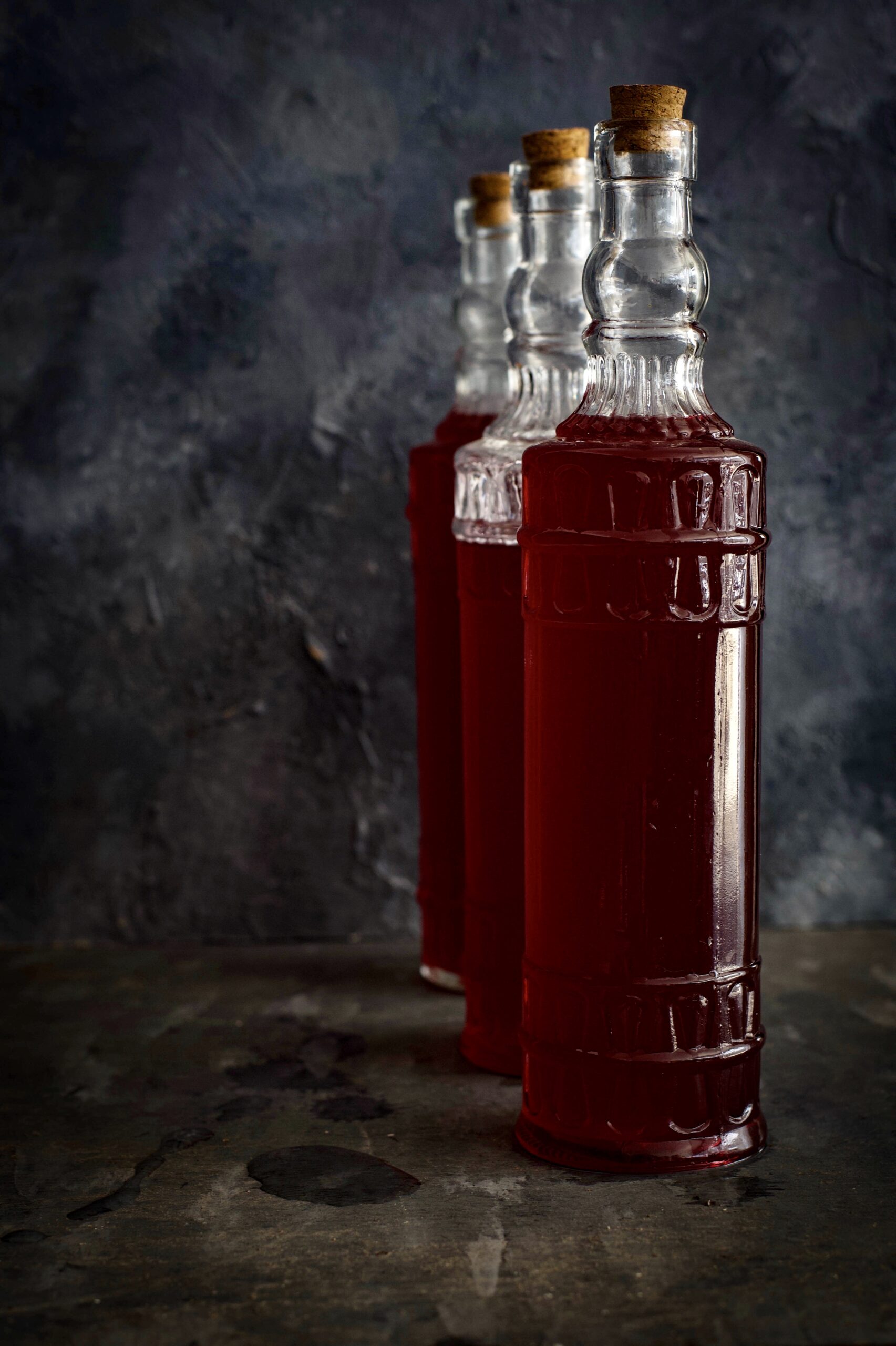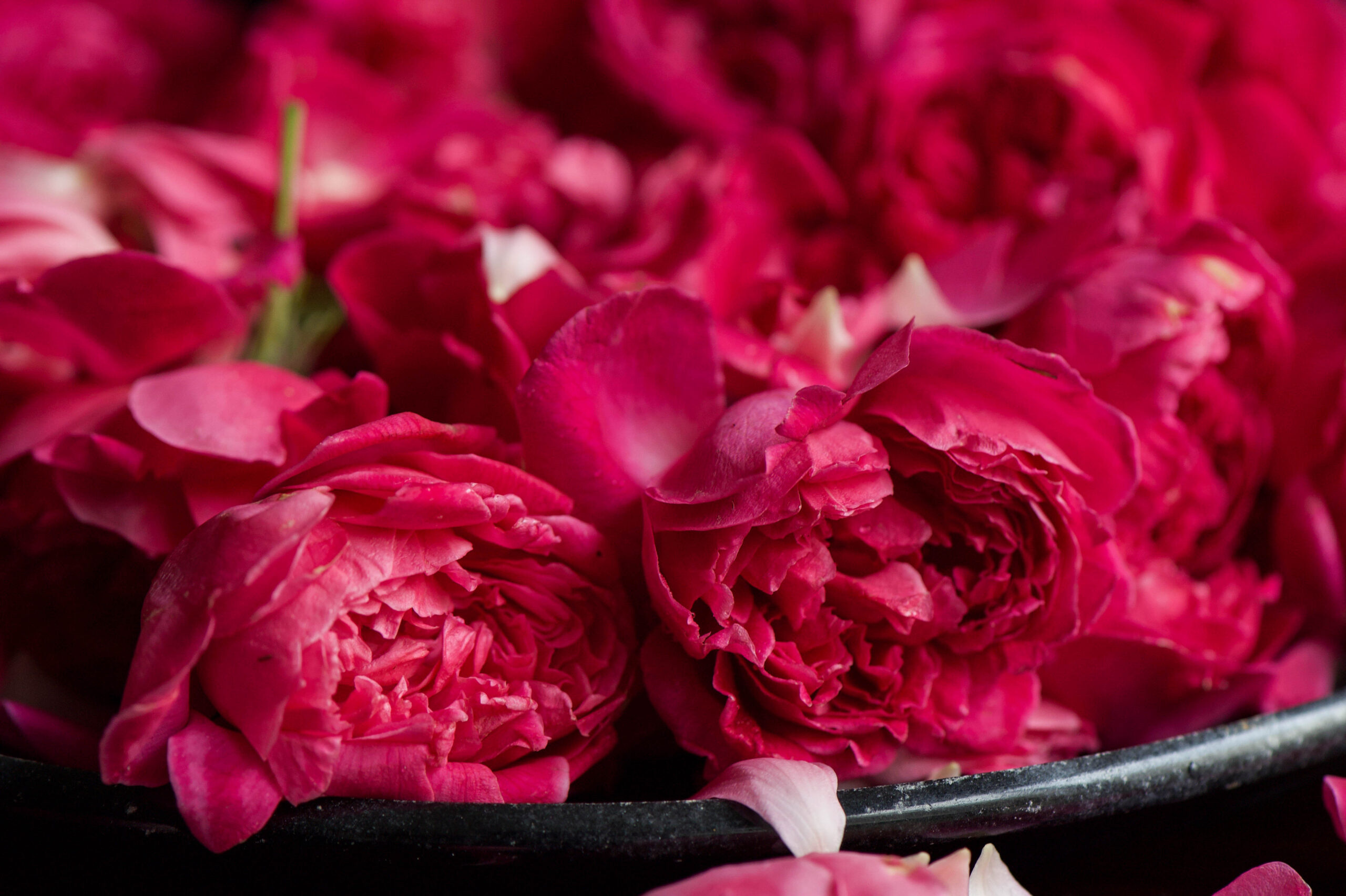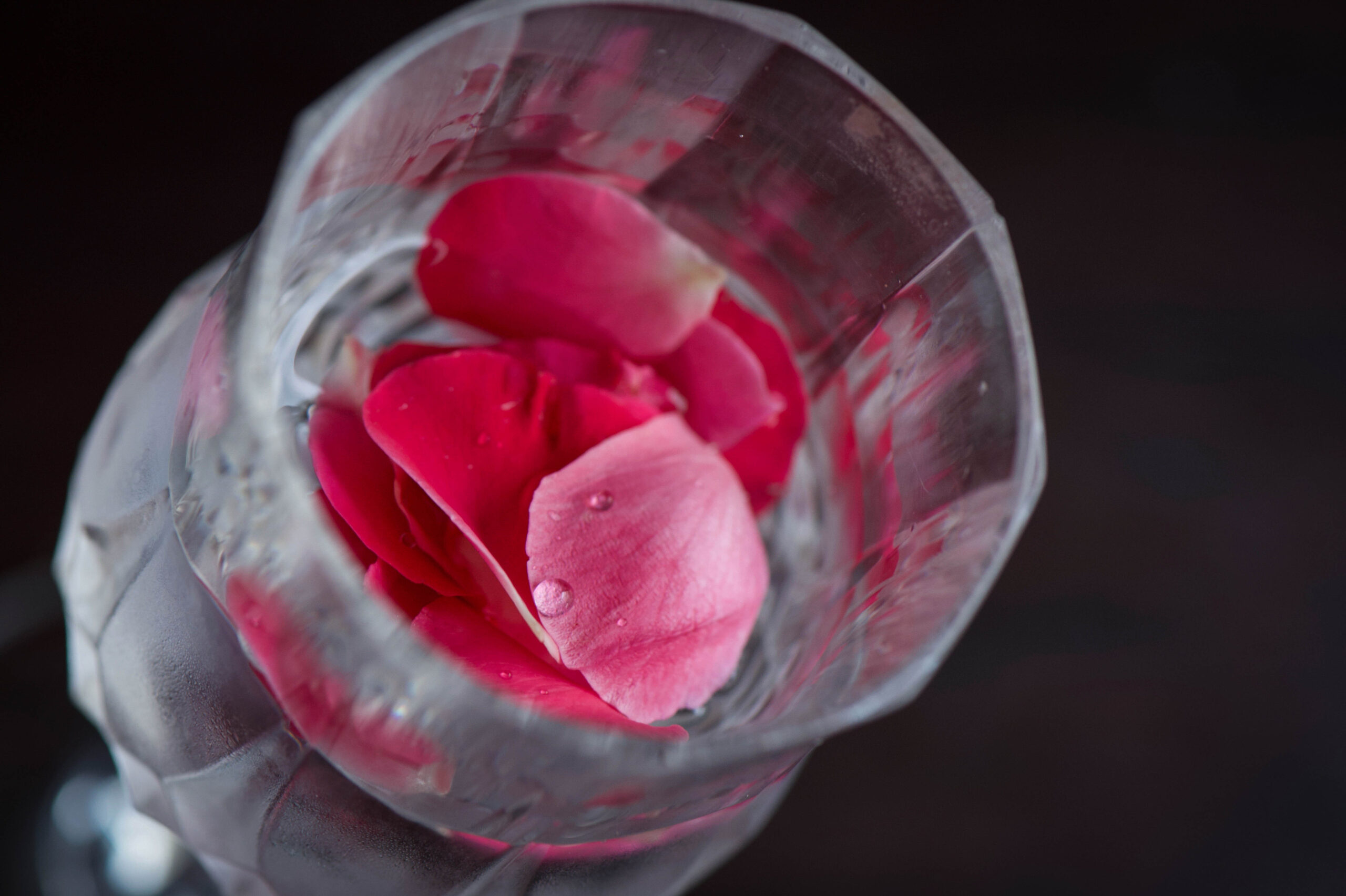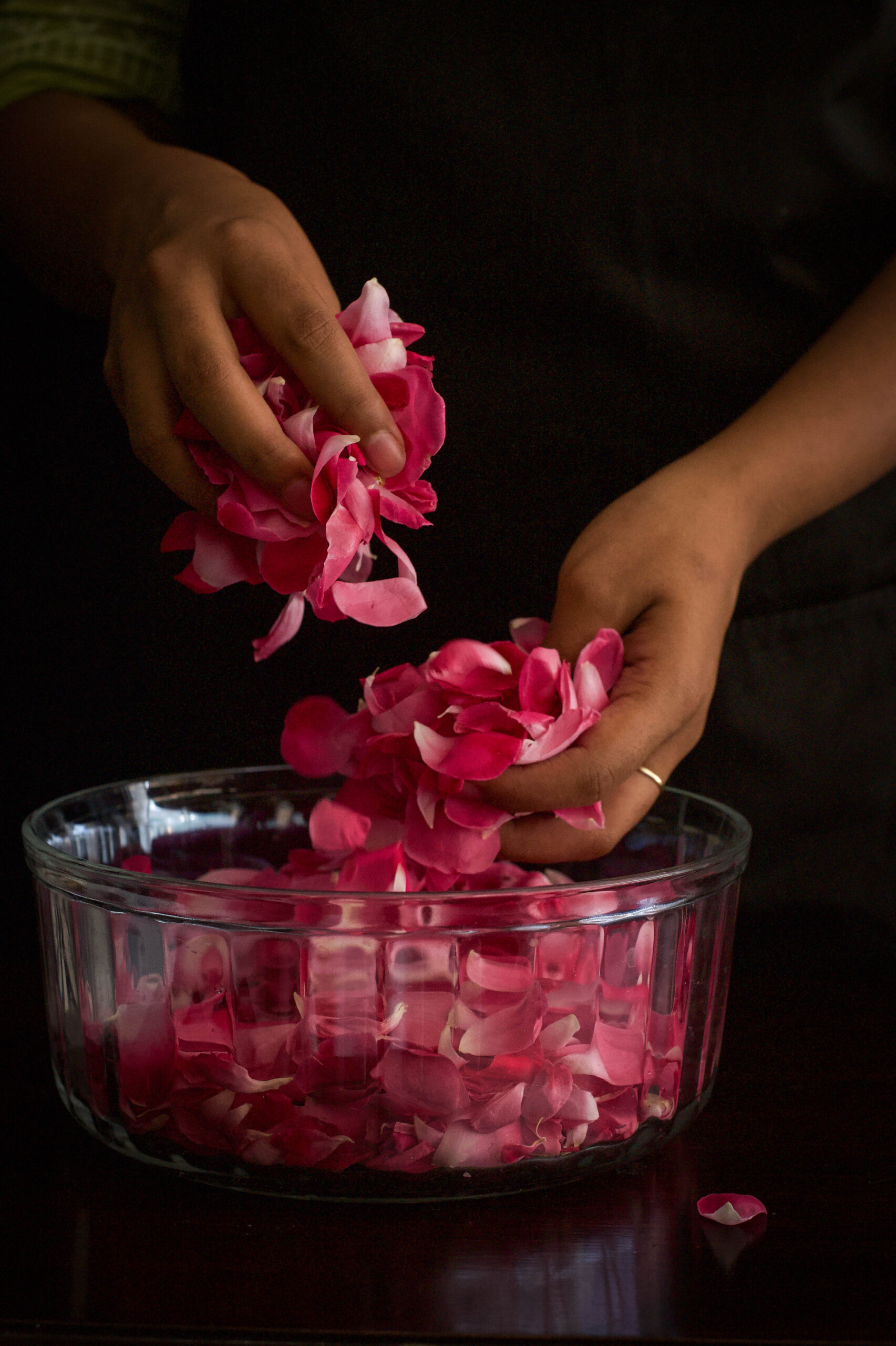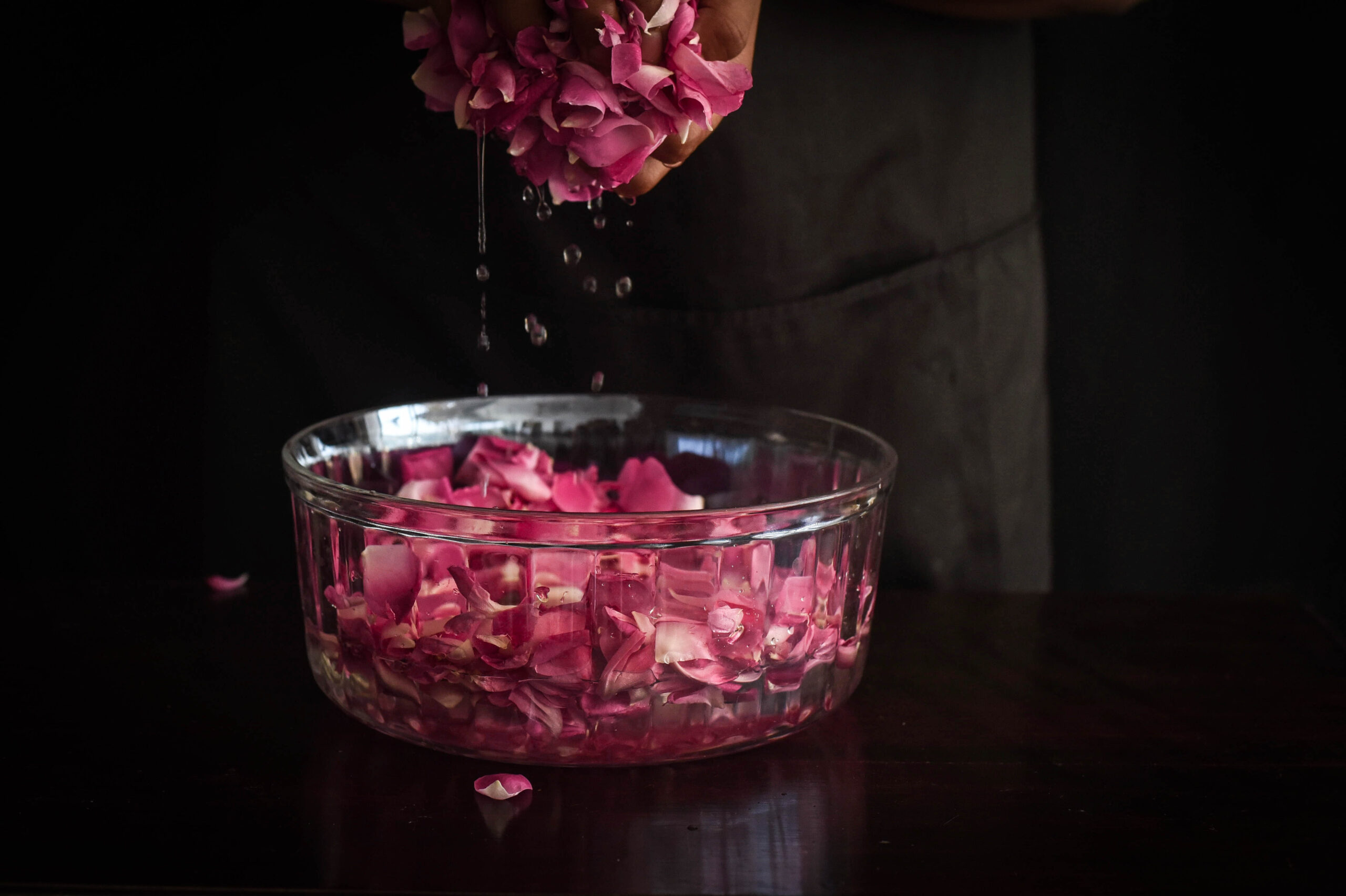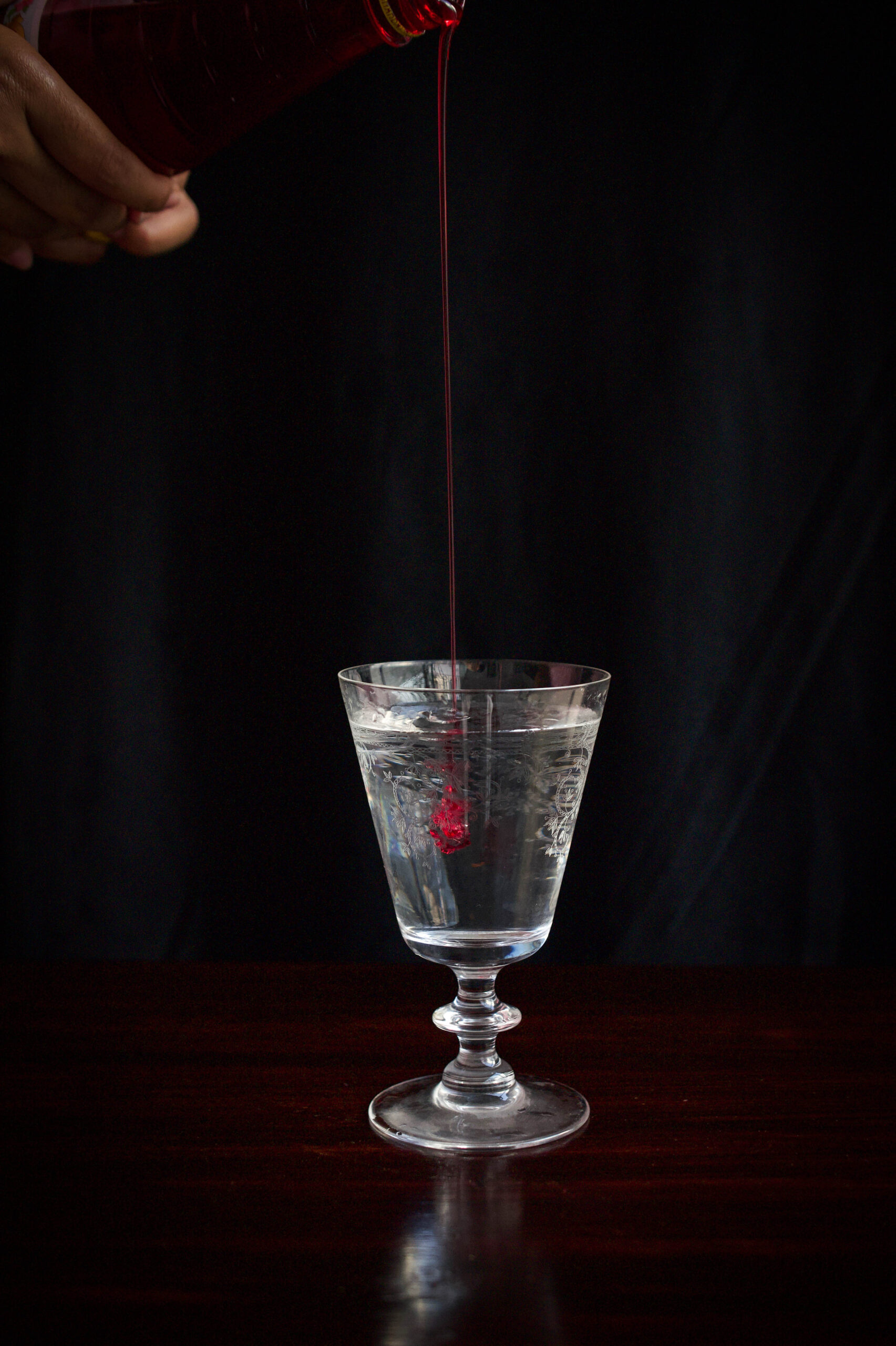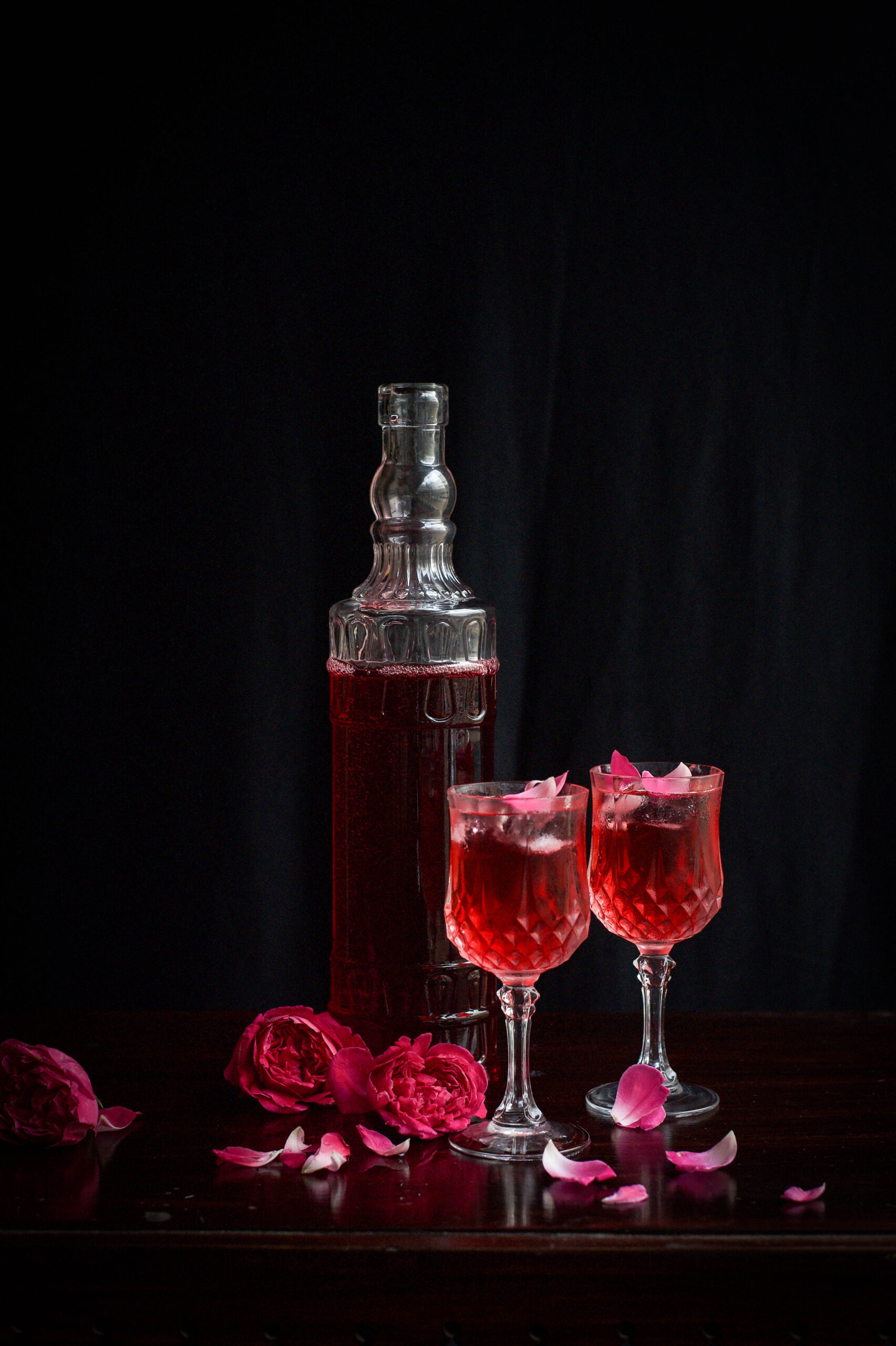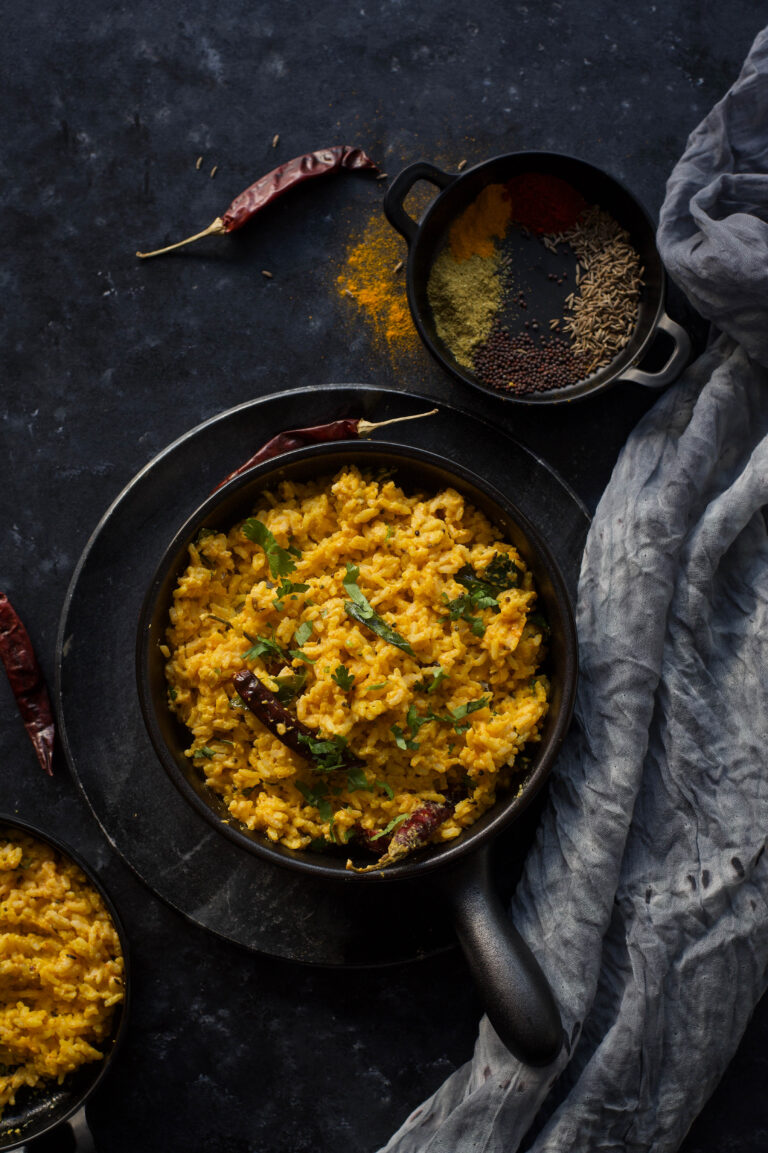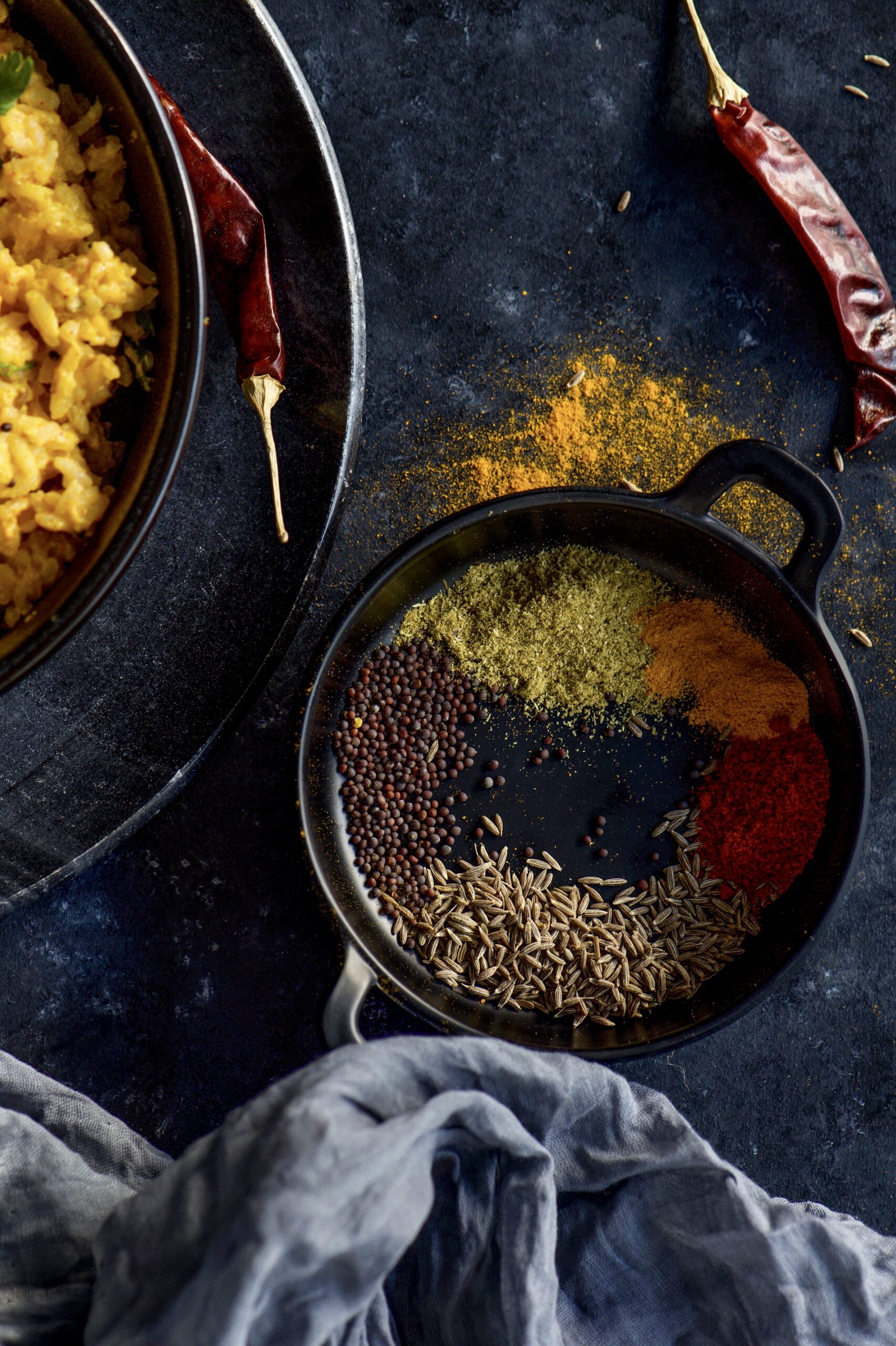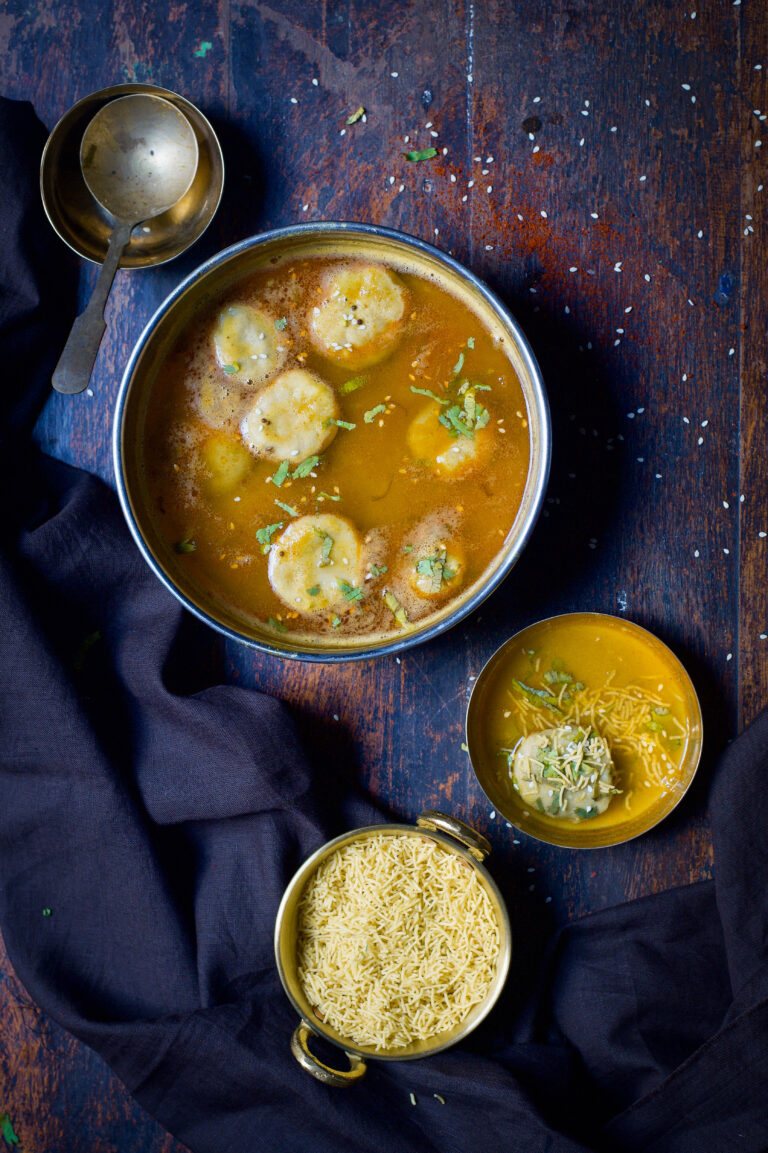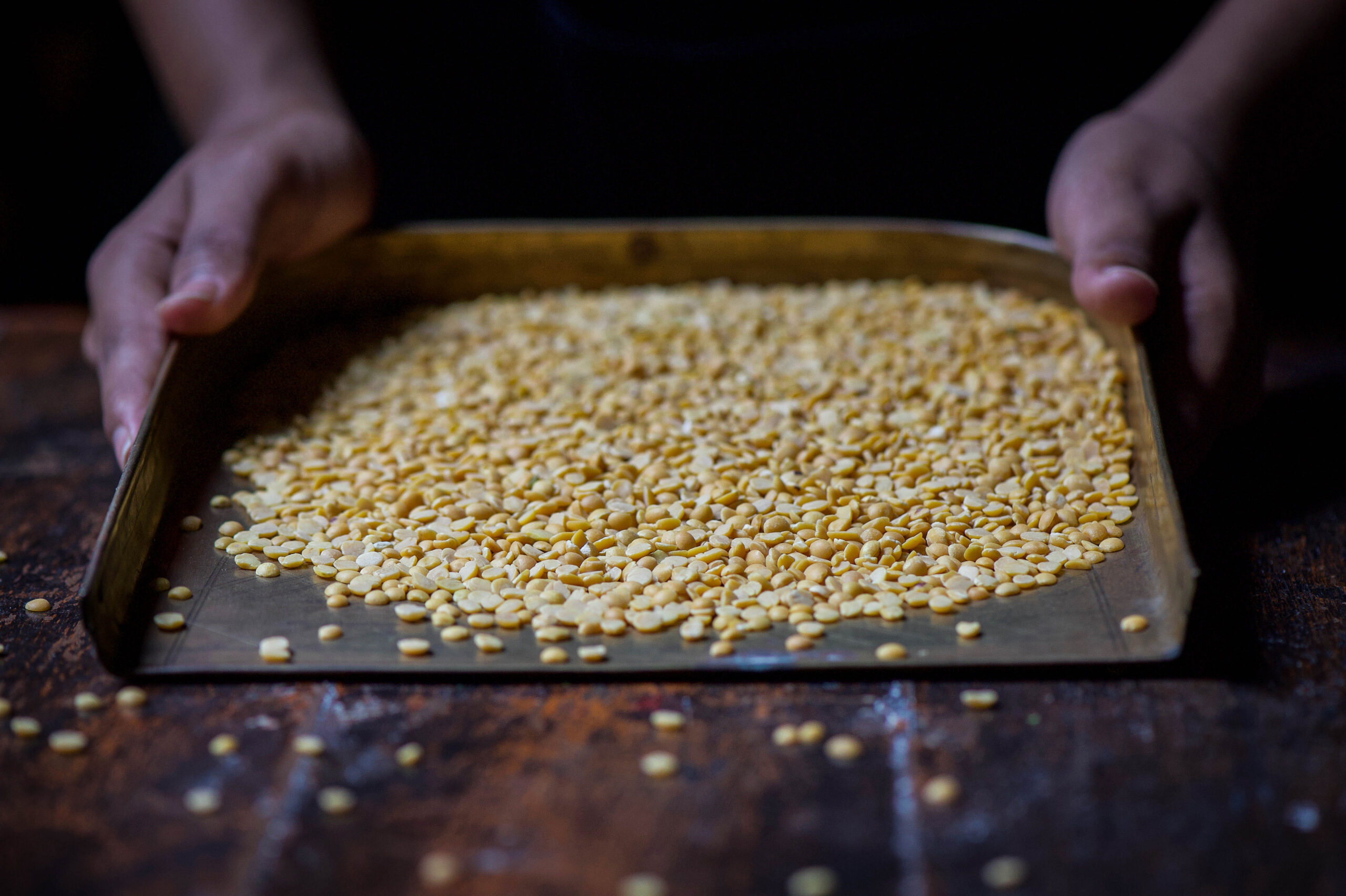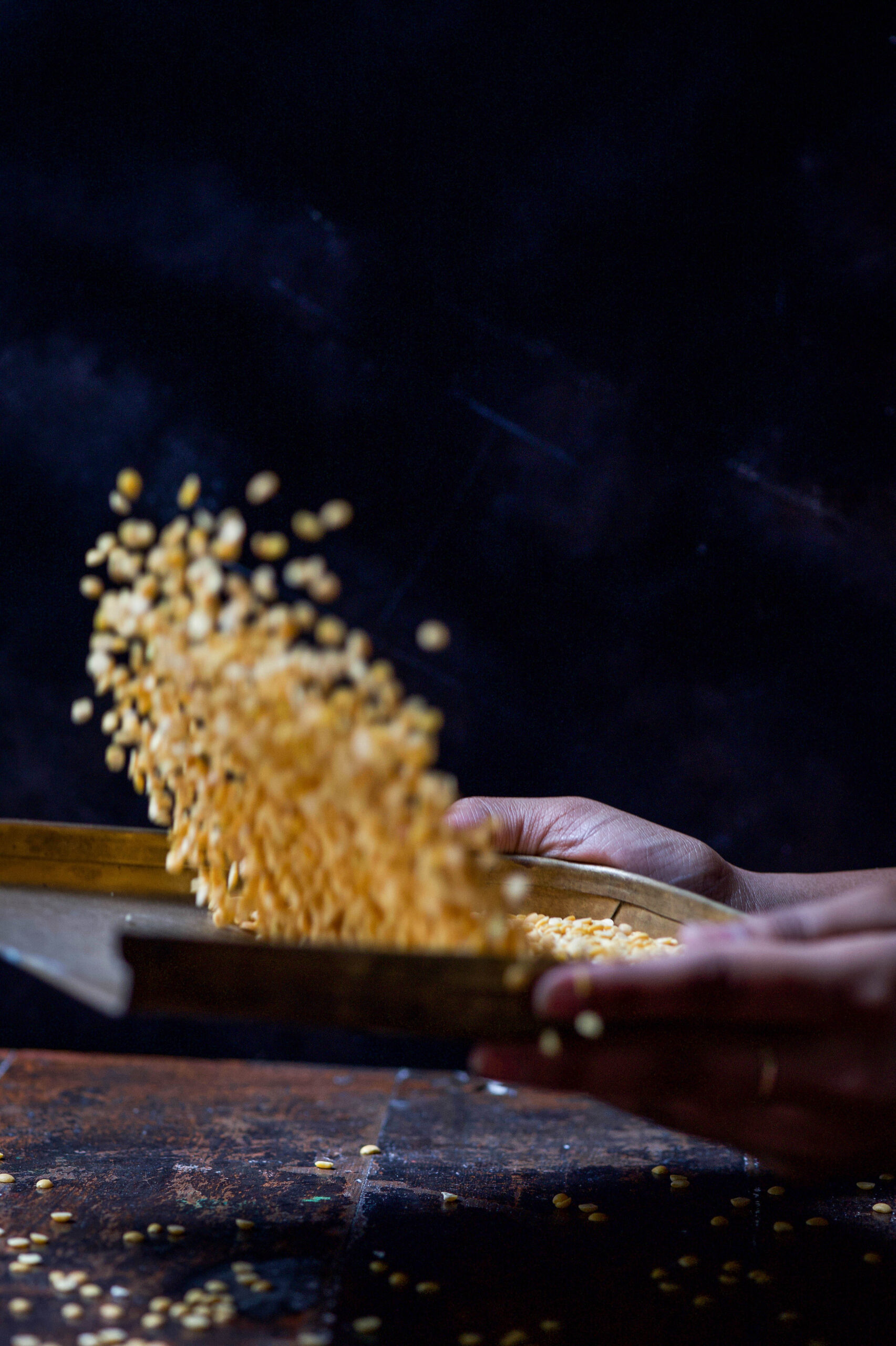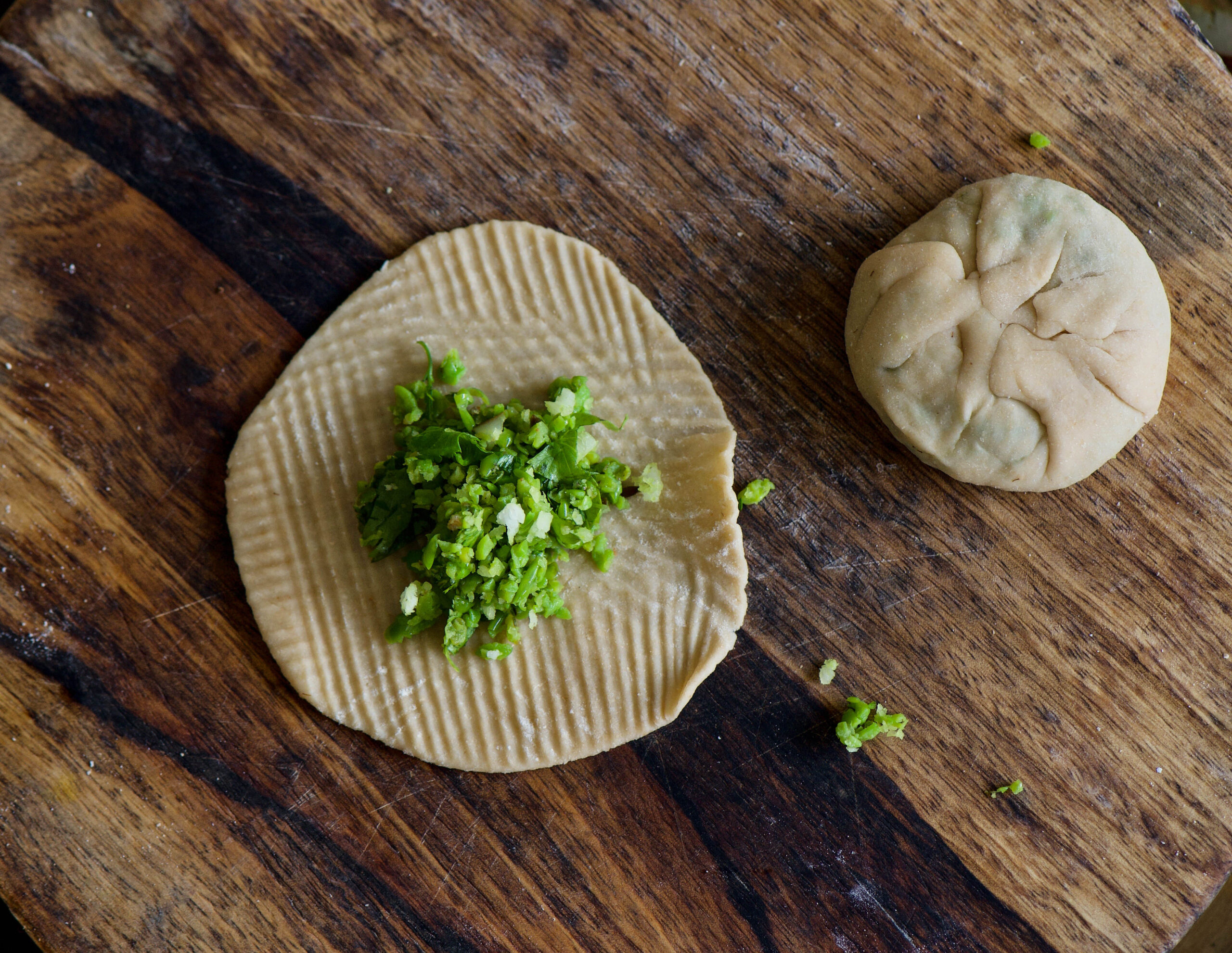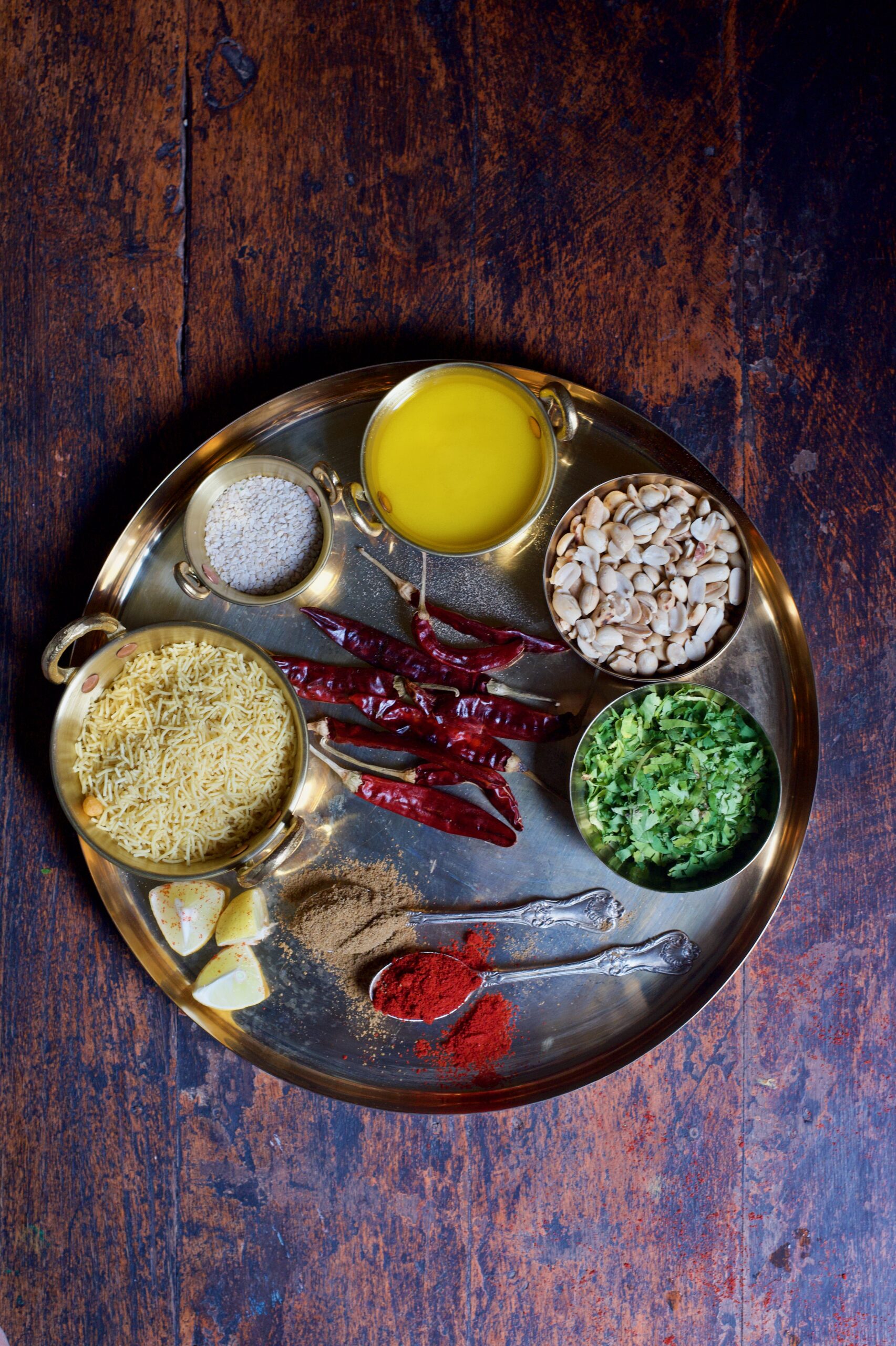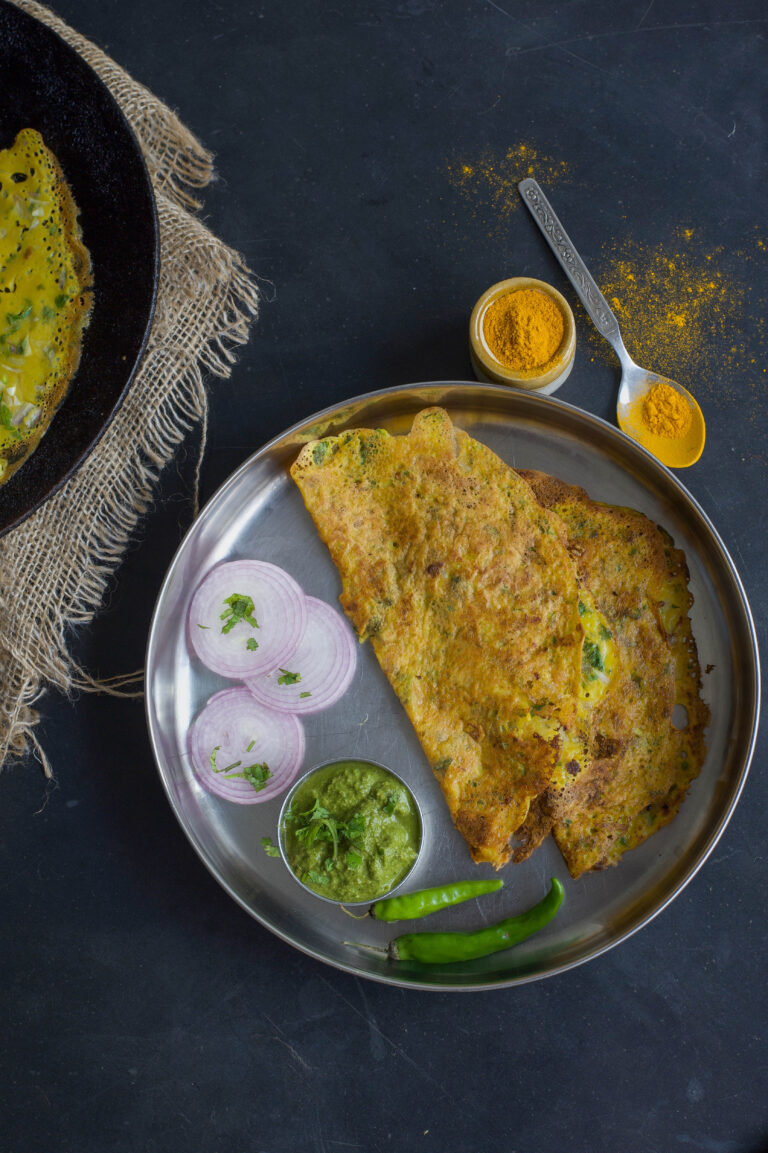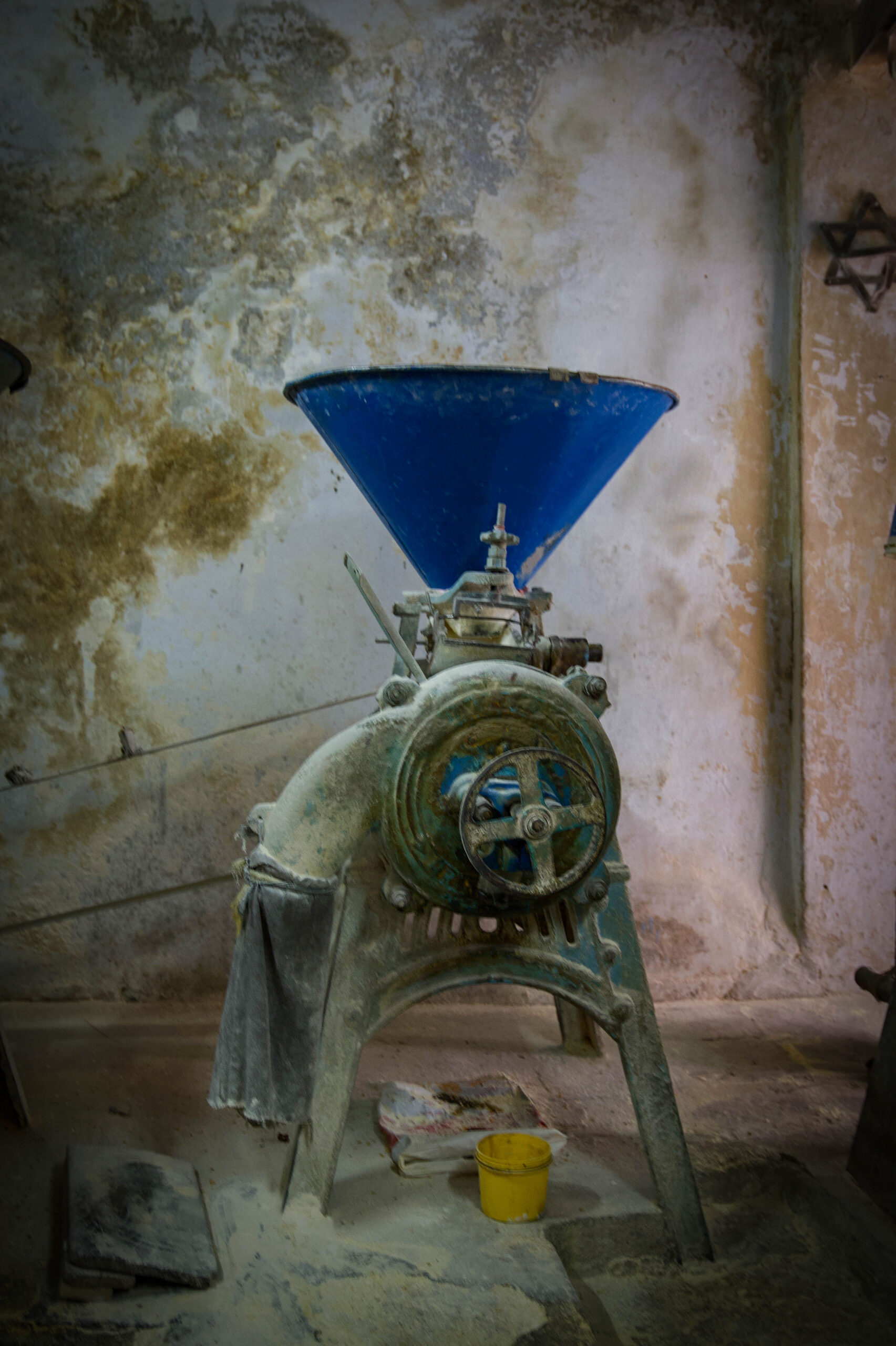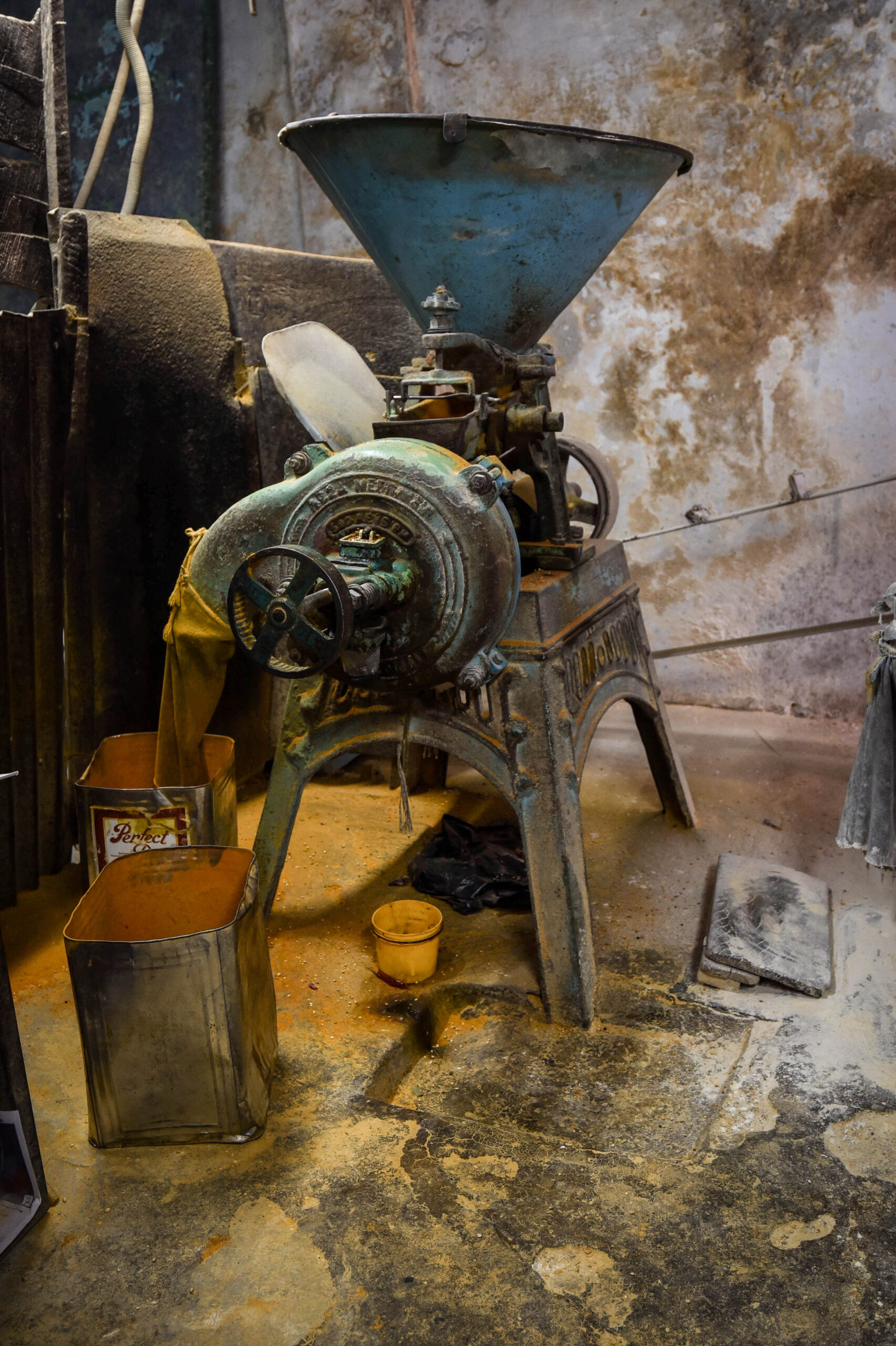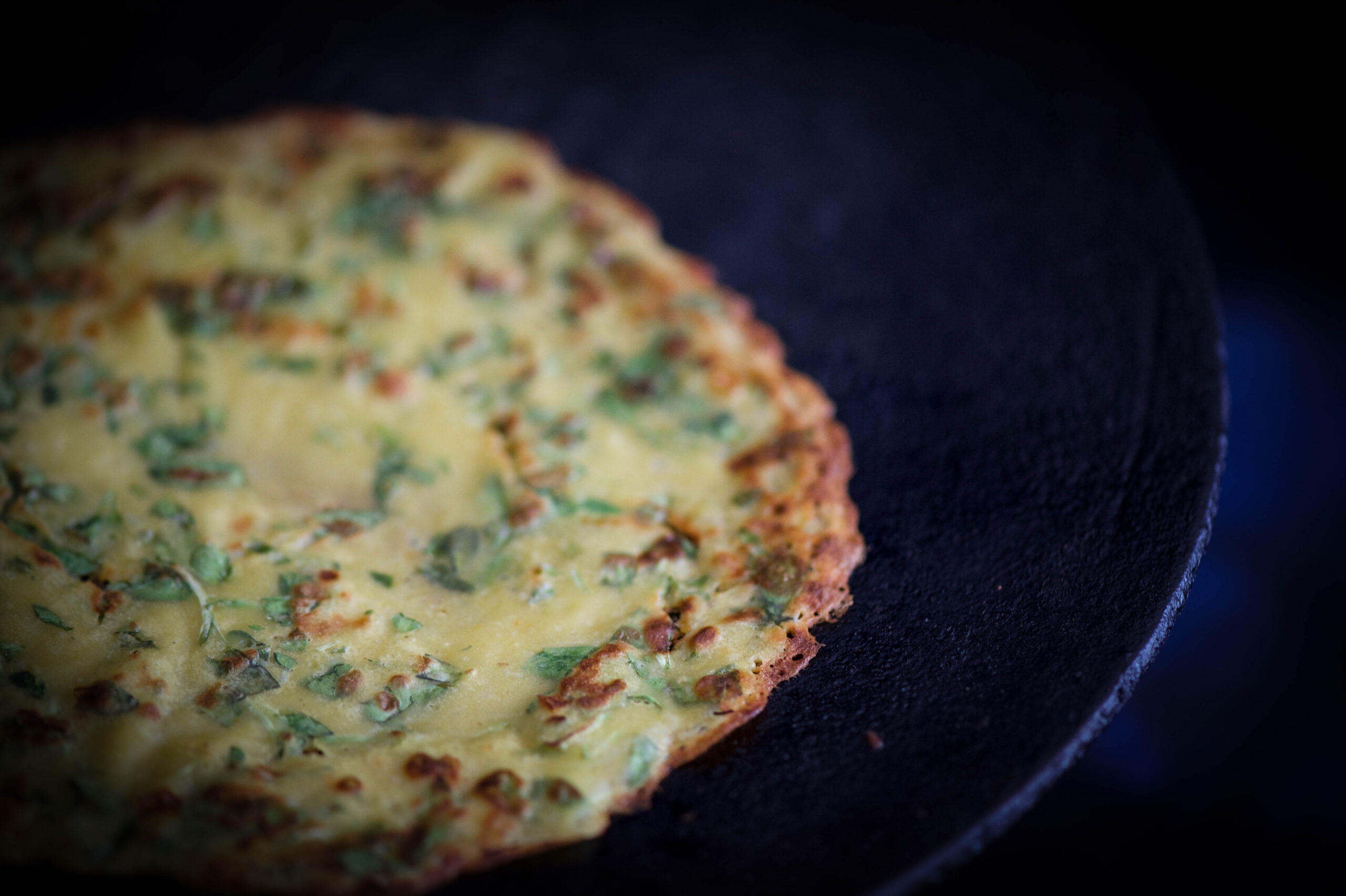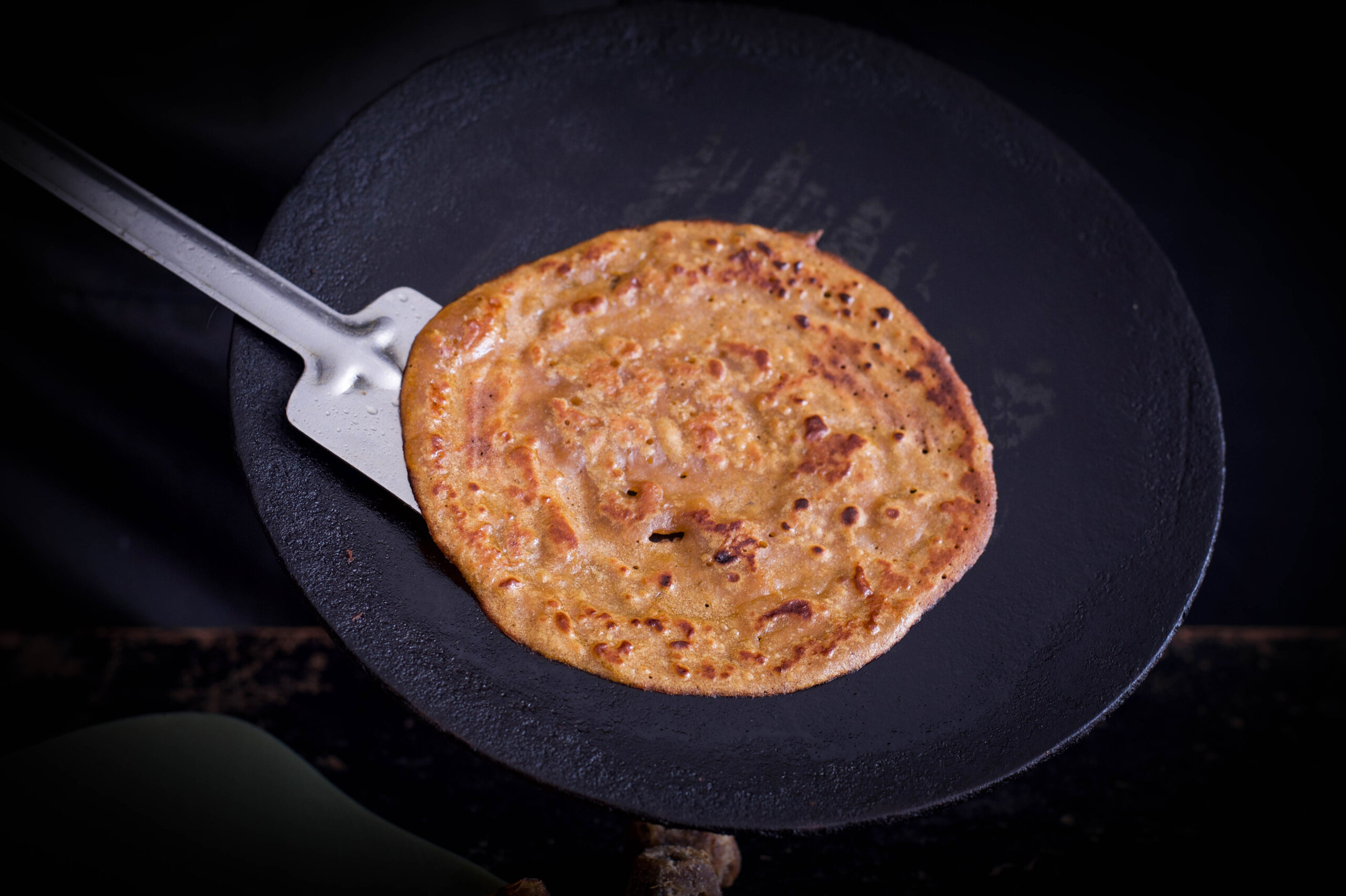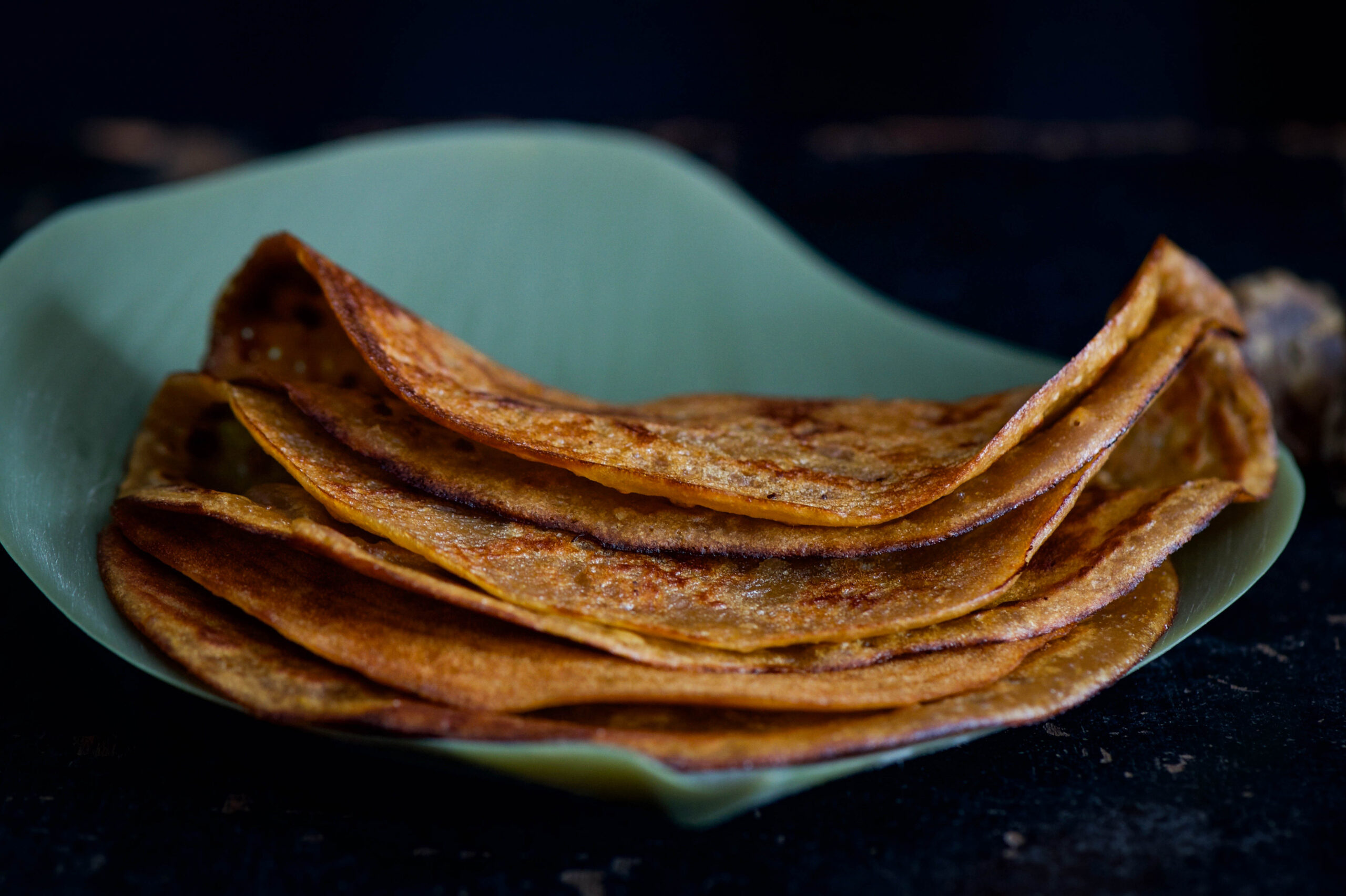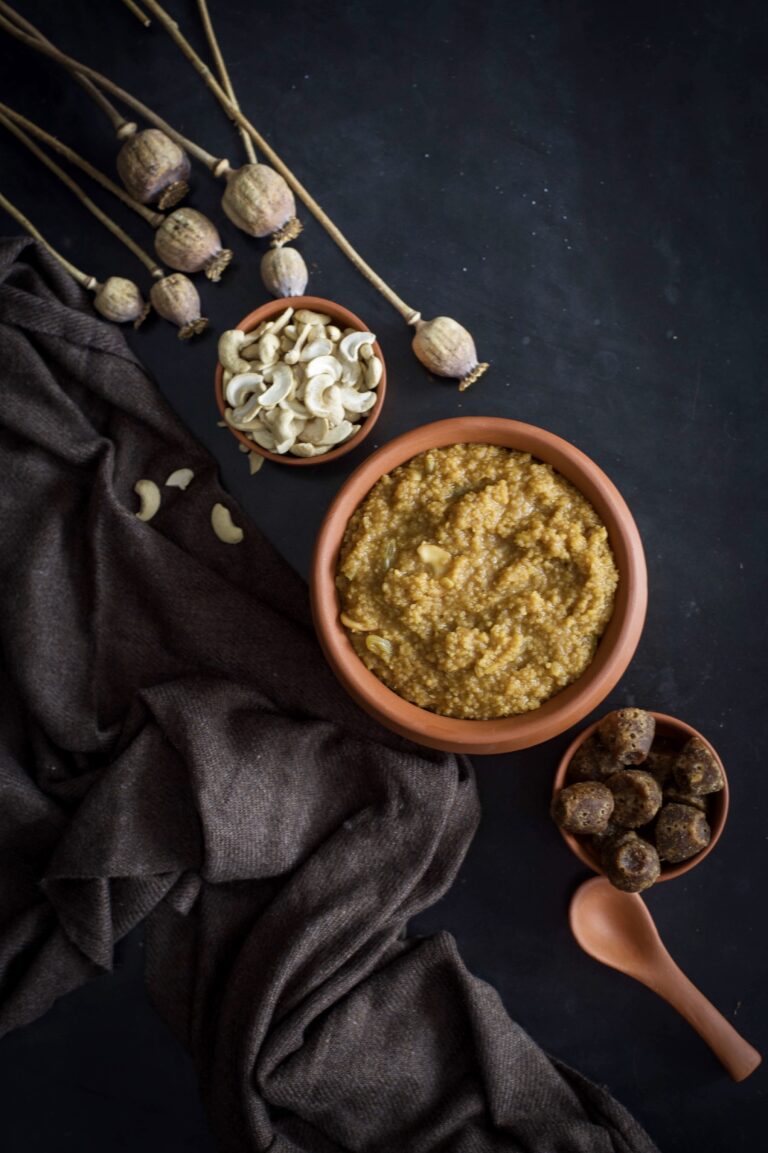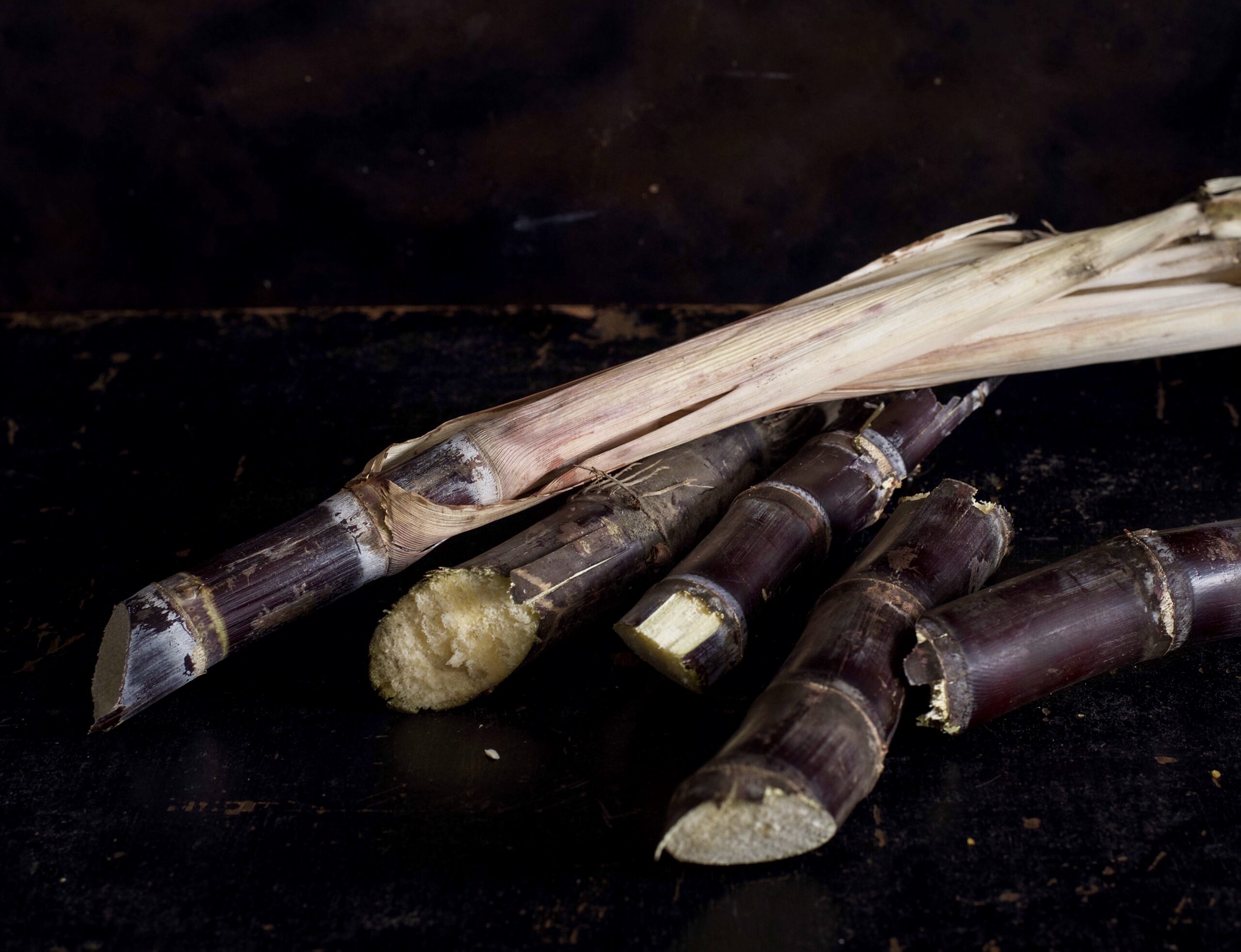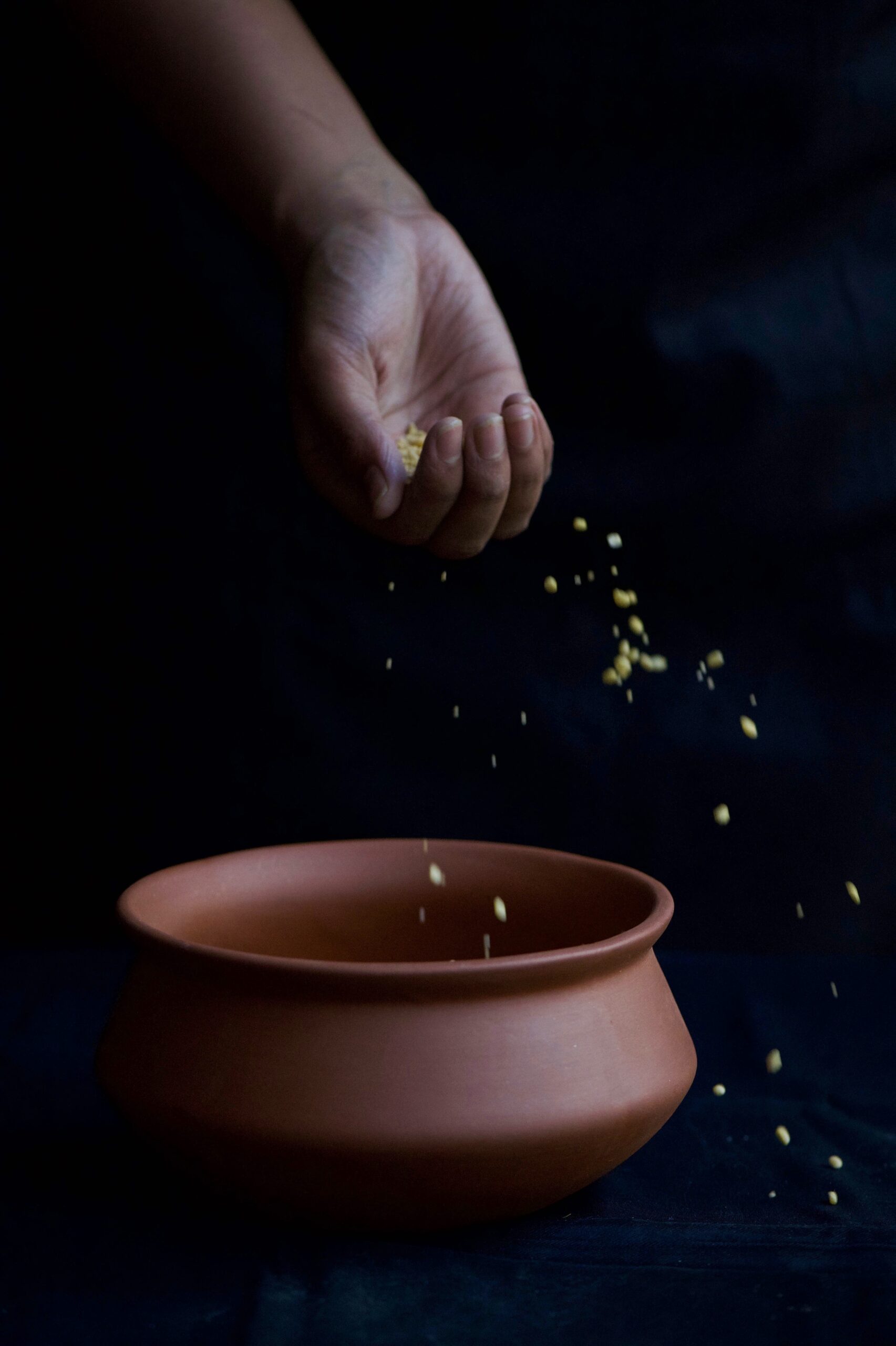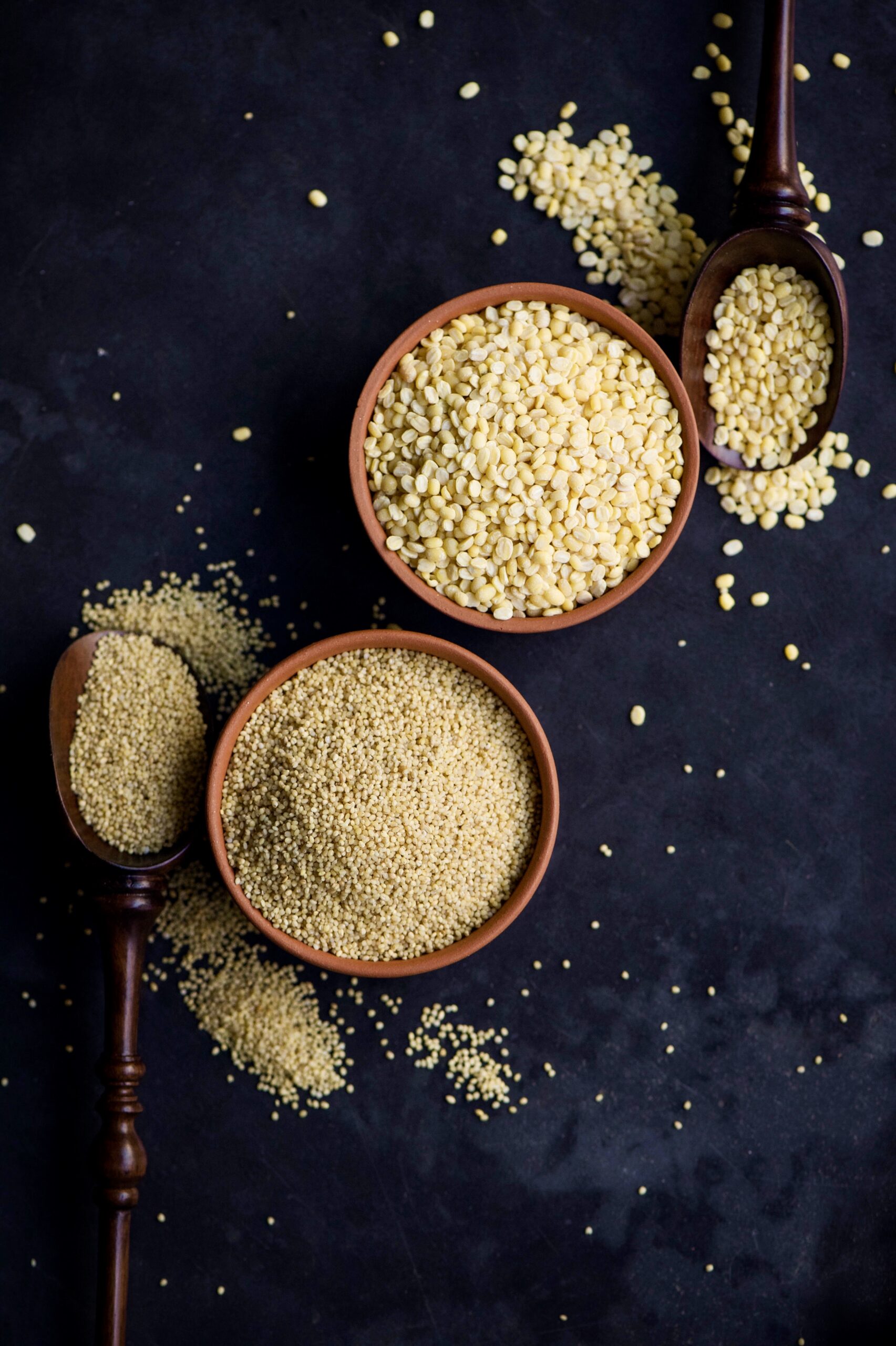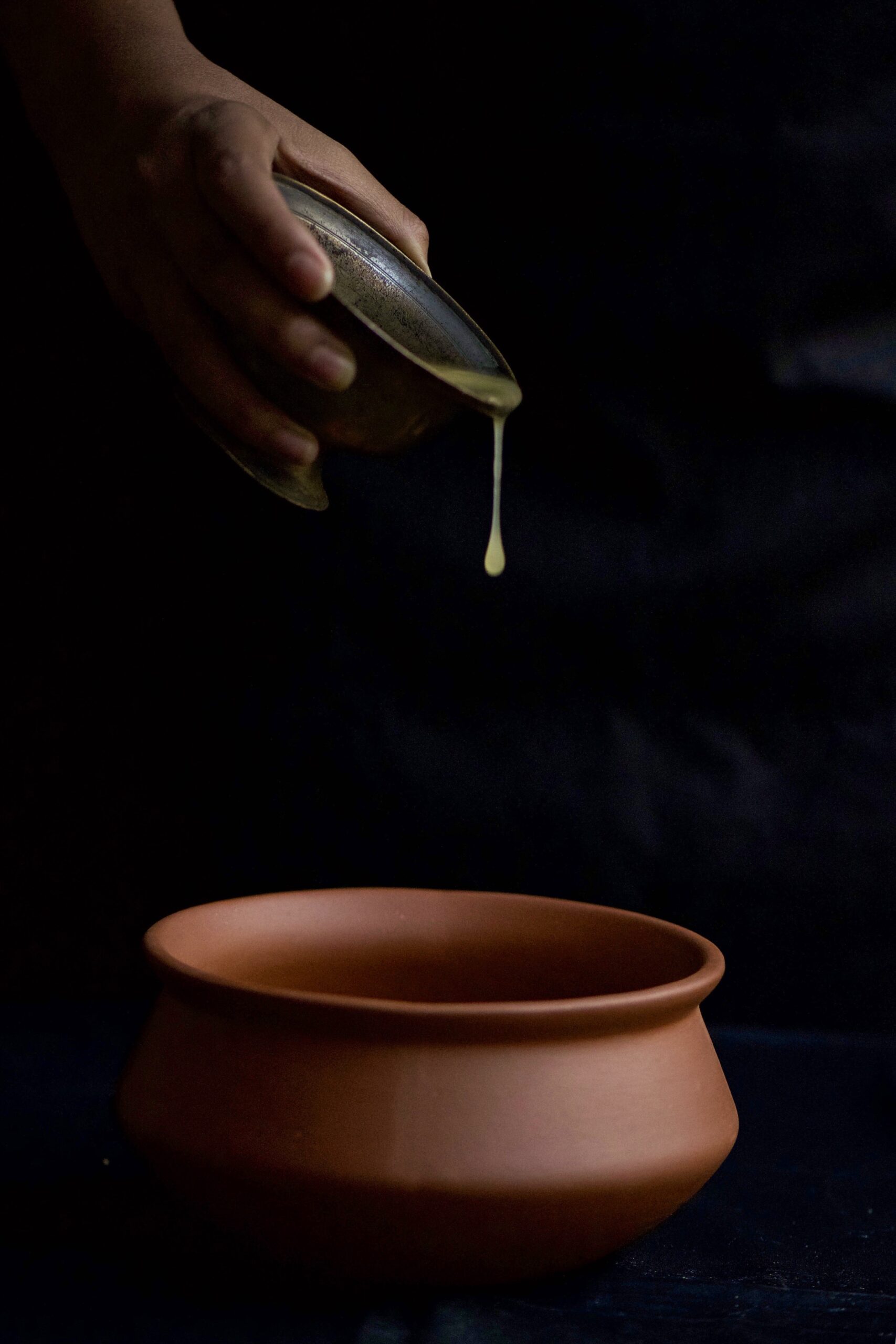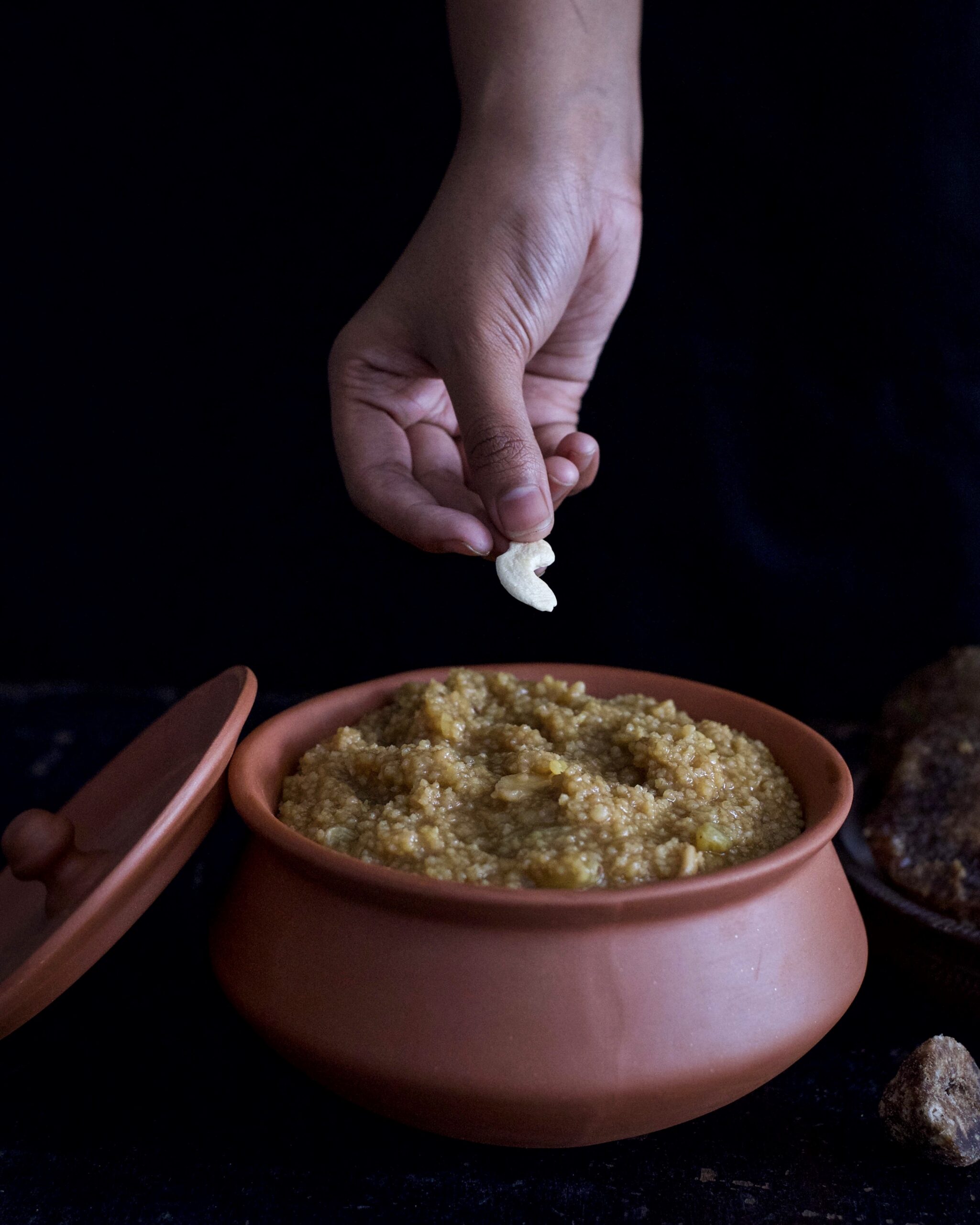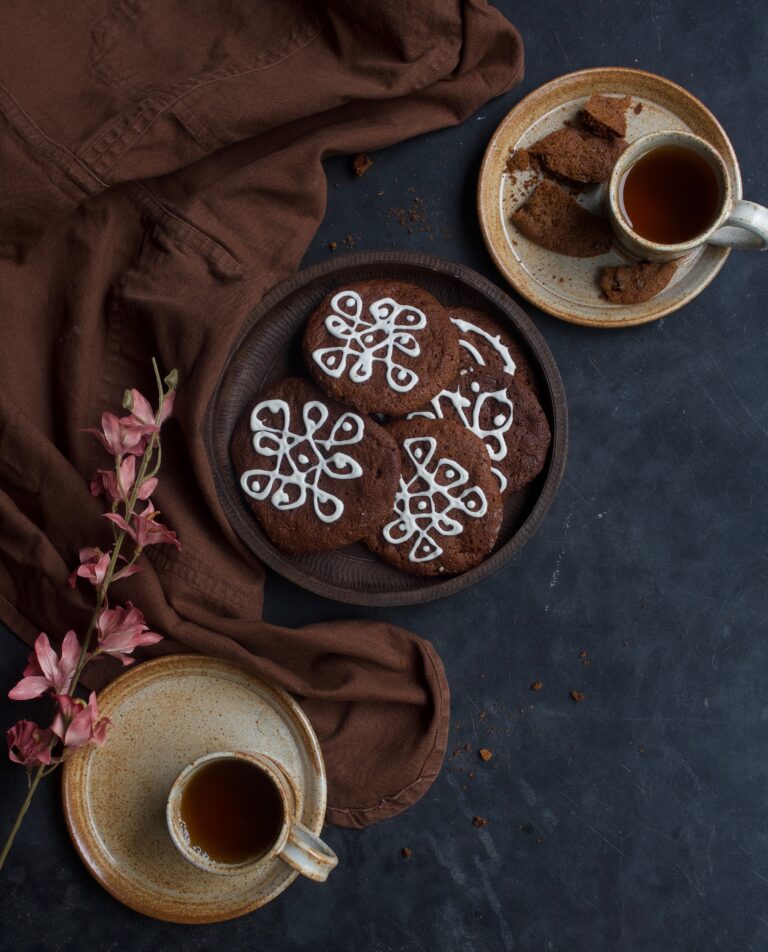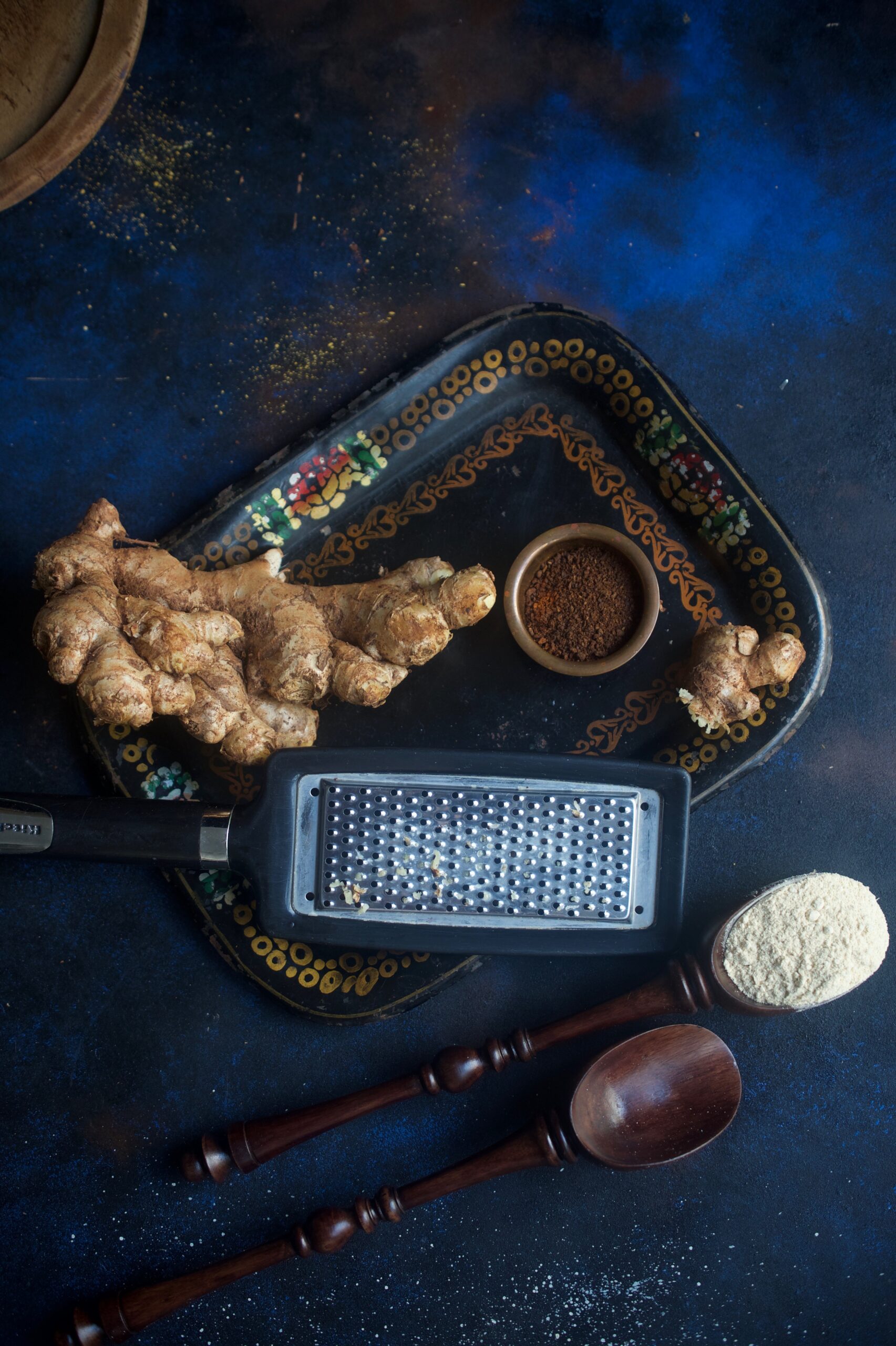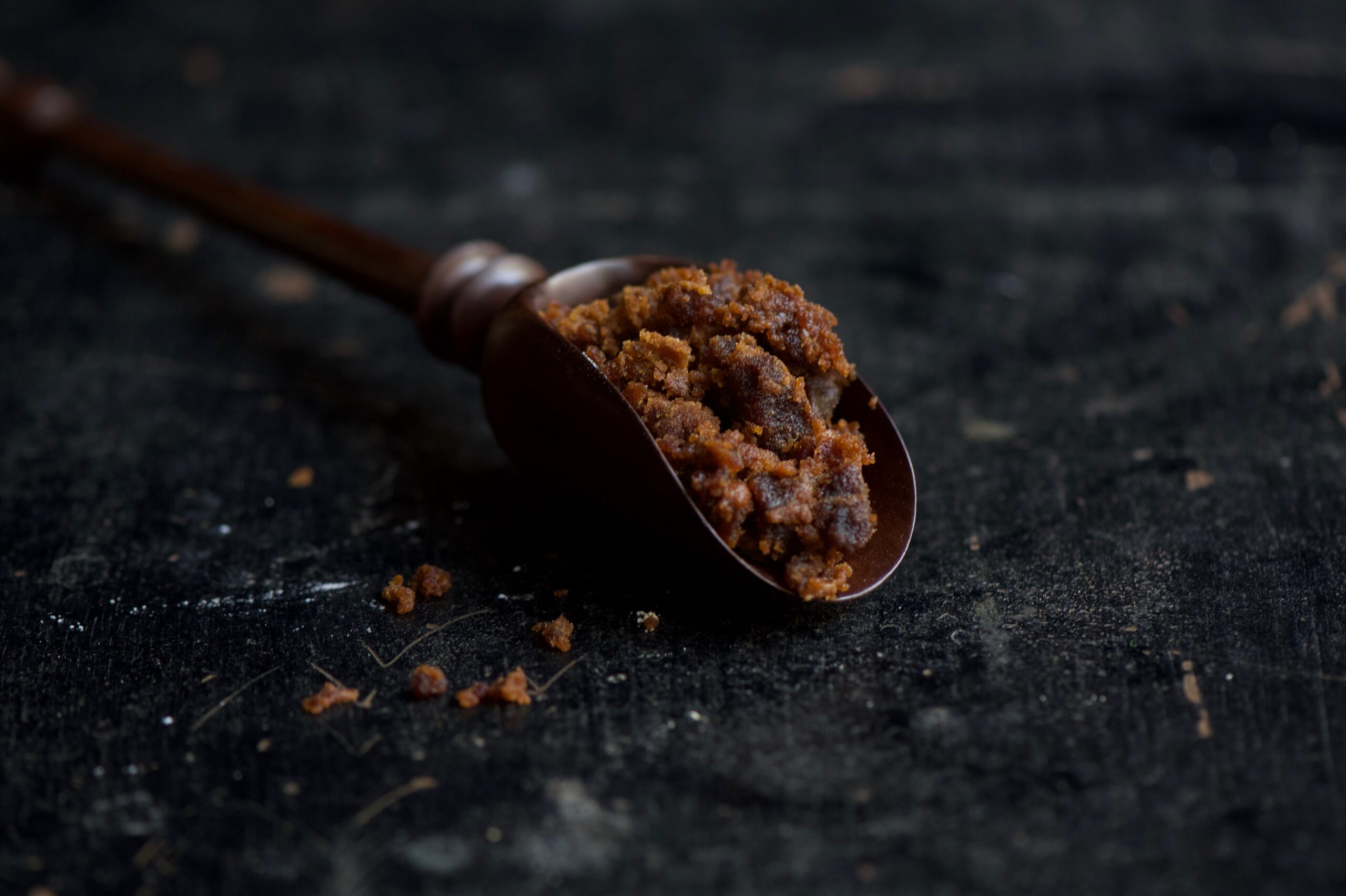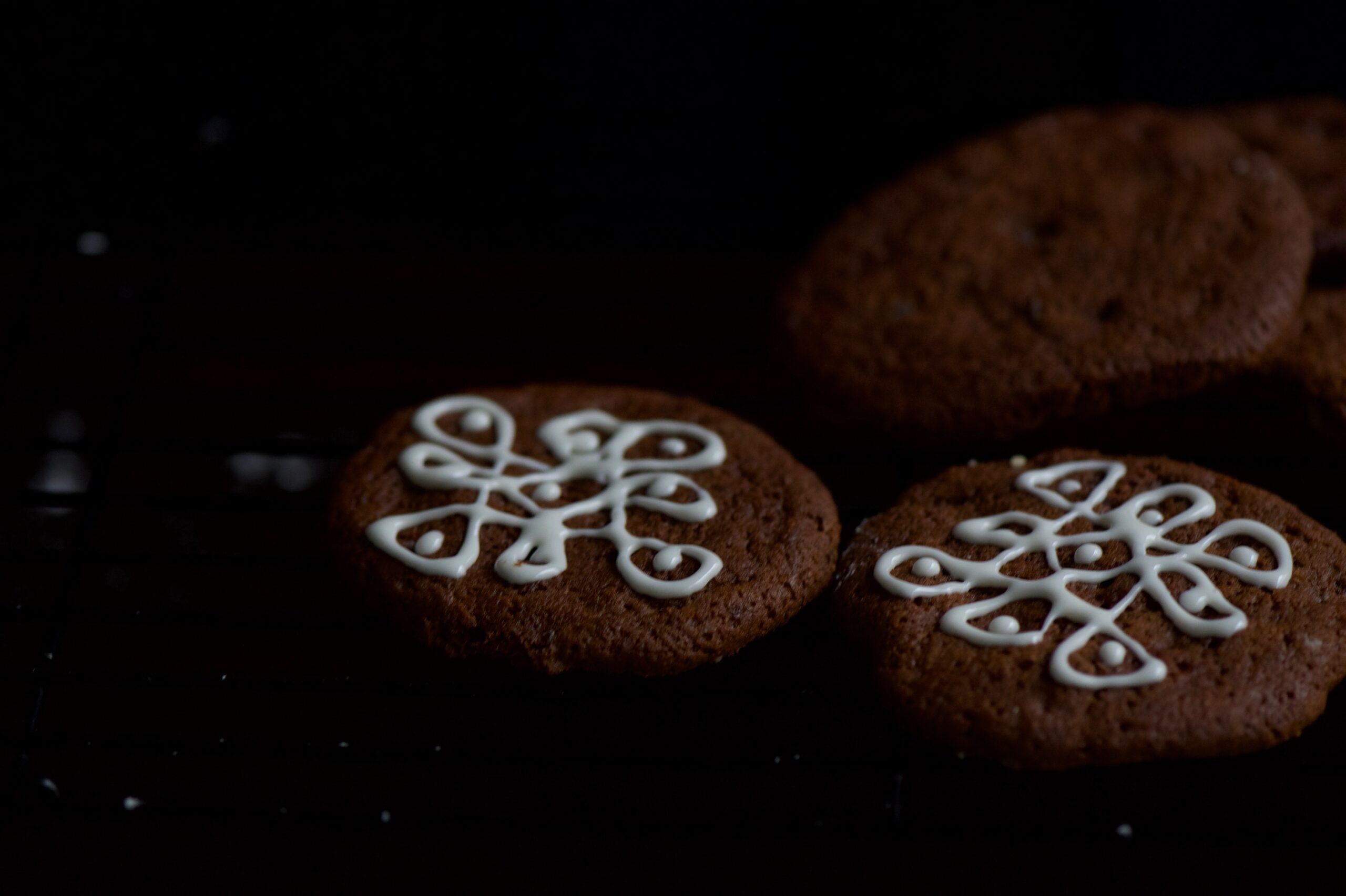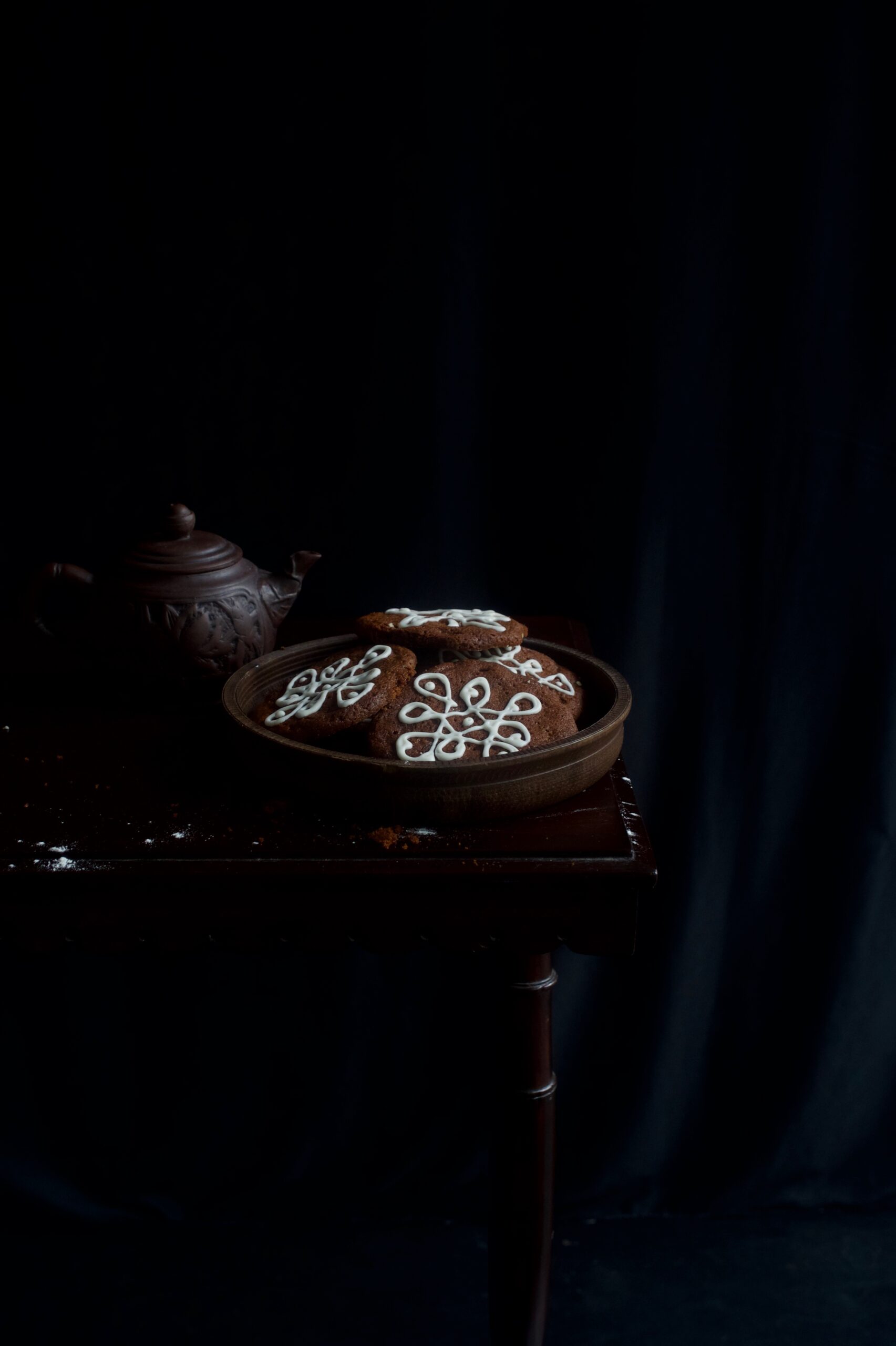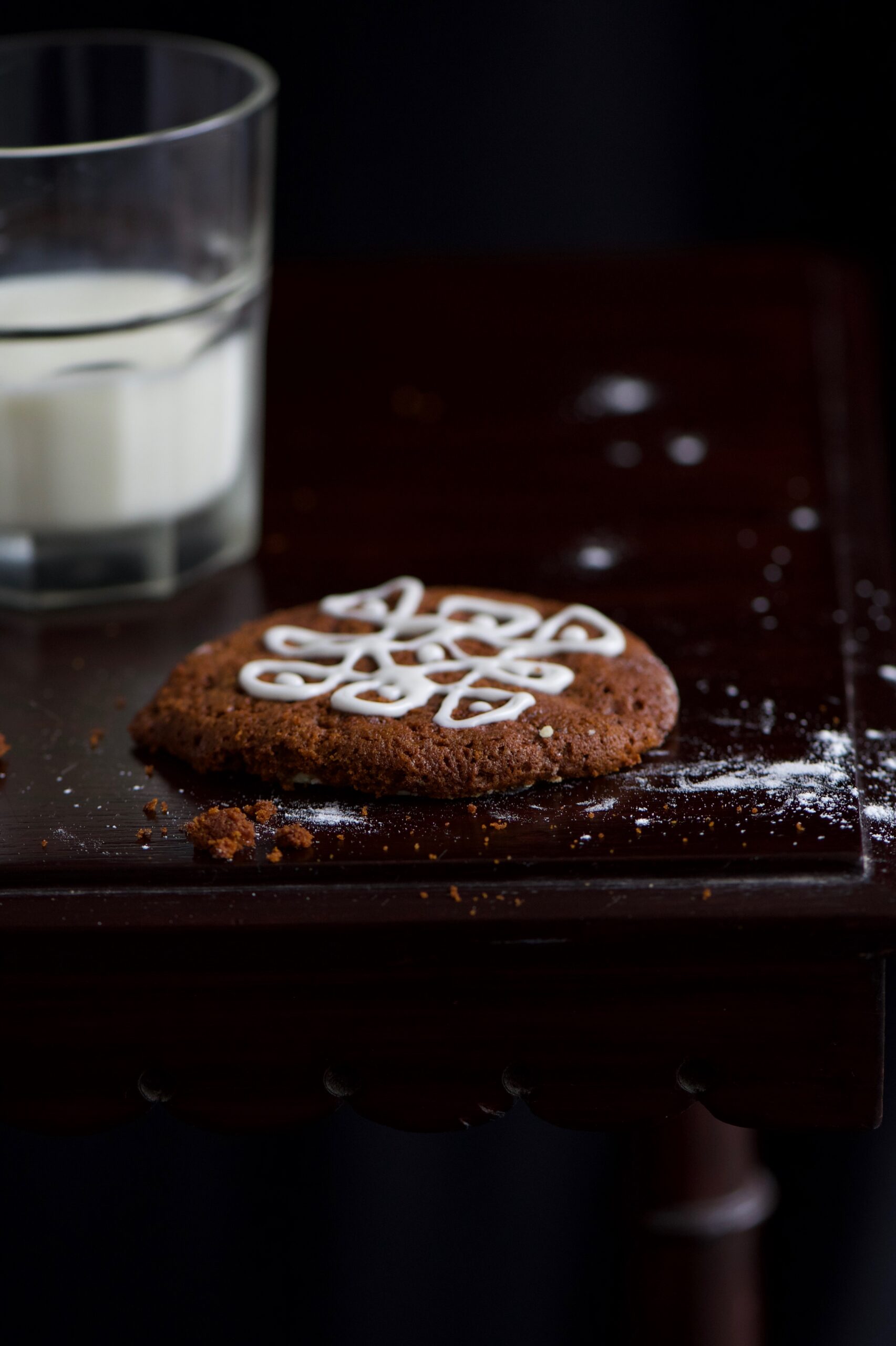June is my birthday month, which means one word, and a very special one for re:store at that: CAKE! As I mentioned in an earlier post, my mother once attended a baking course at a catering institute in Chennai when my siblings and I were still in school. For an entire month, she’d bring home the most delectable samples. We couldn’t wait to get home and eat them! The smells and memories of that adventurous time when she started making all these new desserts for us are still with me, and a huge part of the inspiration behind re:store. During that course was when my mother had started to maintain a cherished notebook of baking recipes, which was gifted to me eventually. One of those recipes is what I’ve pulled out for you today – banana bread.
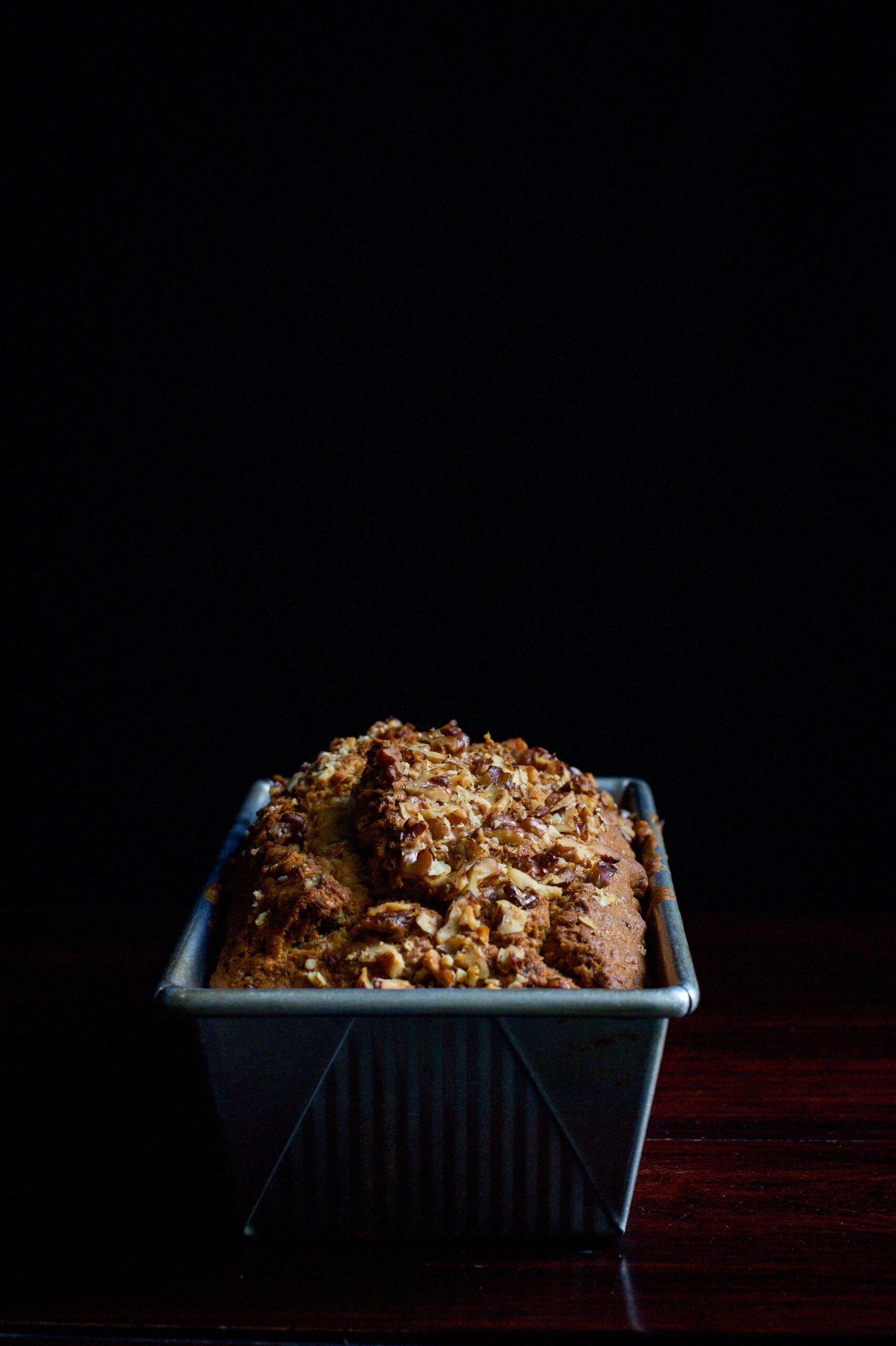
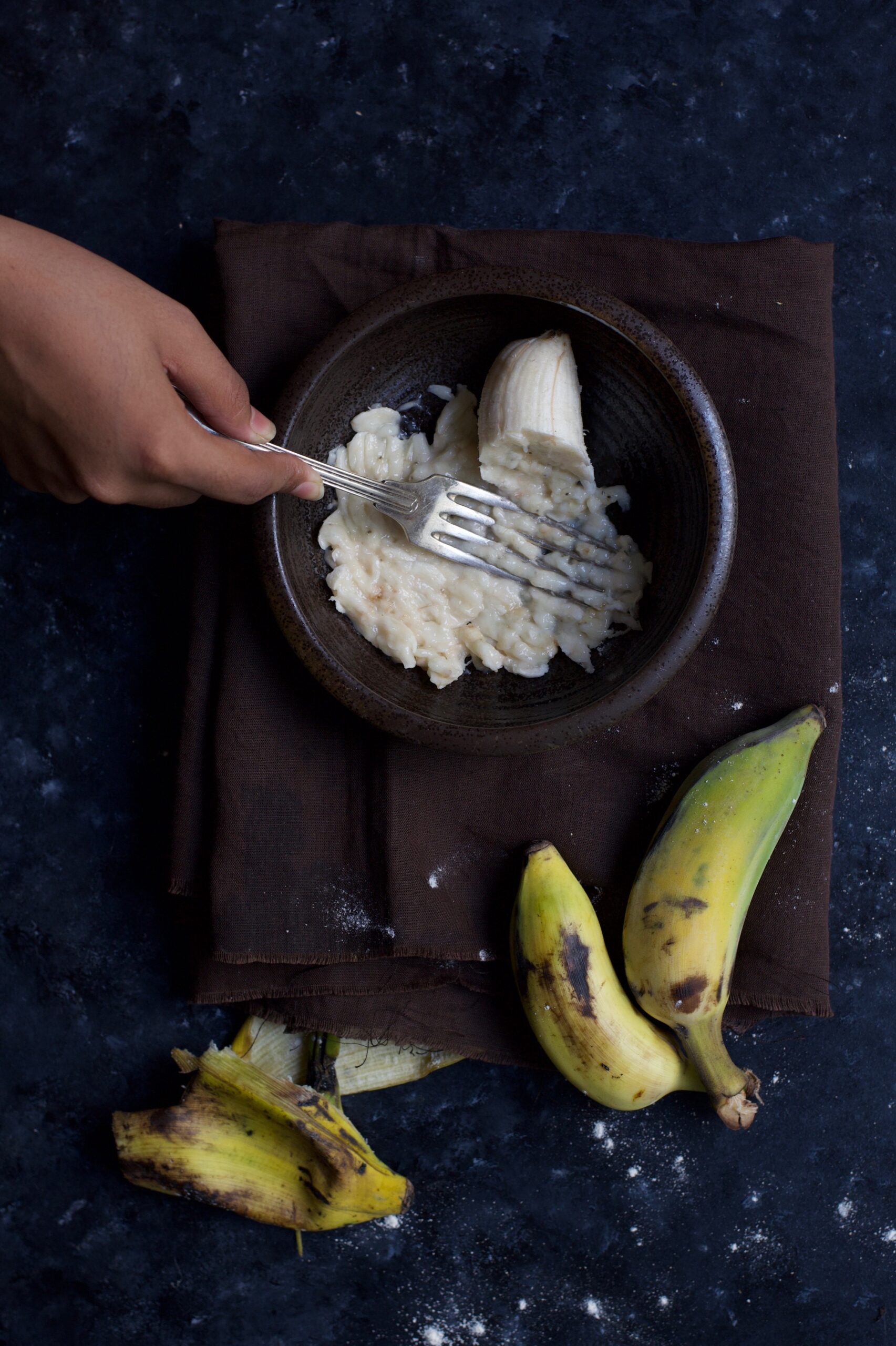
Growing up, I was not a great fan of the extremely nutritious banana, so this was a great way to make sure I ate it. Bananas have been proven to dramatically reduce the risk of heart disease, thanks to being packed with potassium. They improve the digestive system and are said to be beneficial for everything from asthma to weight loss. They are carb-rich, so they boost energy quickly. They are also naturally sweet, which means any dessert you put them in requires less sugar.
Lately I’ve been nostalgic about my growing years and it led me to dig out some old photos from back then. Here are two: an old studio portrait of my mother, who as you know inspires most of my work, and a shot of me from my teenage years by my dear friend Rags Raghavan, who has taught me a great deal about using the camera. Looking at the portrait of my mother, I feel grateful for how re:store has grown from my imagination into what it is today. My mother was in her 20s when it was taken and was about to be married. She went on to become my first, most important culinary mentor, and still is to this day. I remember days spent after school helping with chores in the kitchen; back then I didn’t realize the values I imbibed would be such an important part of me and my journey with re:store. Many of my cooking methods are identical to those of my mother’s kitchen. Grow your herbs yourself, never waste a morsel, always feed and care for staff, and a bunch of other values and tips. Even today, I pester my mother for traditional Gujarati recipes on my weekly visits, and she happily obliges.
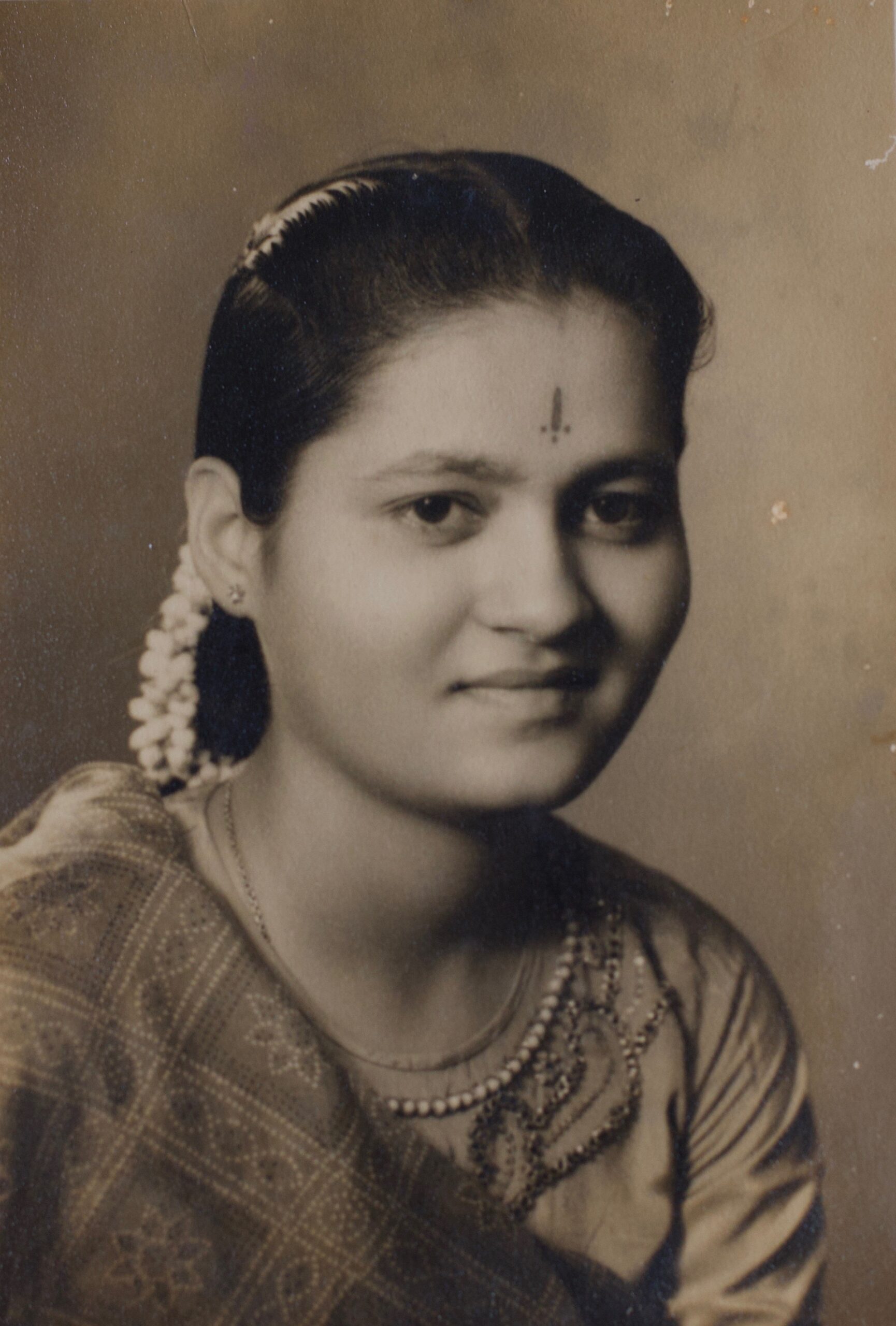

Nowadays, I take so many photos digitally, carefully styling and selecting the best ones. Back then, we had manual cameras, with film rolls that had to be brought from abroad. You couldn’t edit those pictures, and you could not take so many either. My first film camera was a gift from my father-in-law, and my kids and family were my first subjects. I still have a soft spot for the old photography methods. They feel authentic to me in a way that I still try to replicate somehow in my modern shoots.

More than being commercially successful, what matters to me is that I am passionate about what I do. I enjoy styling my shoots so much. I am proud to say I work with pleasure!
Food and photography are two sides of re:store, and two big parts of my heart. So without further ado, here’s my birthday gift to you…
Birthday Banana Bread
(Yield: 1 loaf)
Ingredients
150 grams unsalted butter
200 grams sugar
3 eggs
110 ml buttermilk
3 bananas
1 teaspoon baking soda
½ teaspoon salt
¼ teaspoon cinnamon
350 grams flour
100 grams walnuts
Prepare a 10′ loaf tin, by buttering and dusting with flour.
Beat the butter and sugar until light and creamy. Add the eggs one at a time, beating well after every addition. Once the eggs have been blended well, add the bananas and buttermilk.
Sift the flour, baking soda, cinnamon and salt. Fold into the batter. Now add half the broken walnuts as well.
Using a spatula, blend the batter well once more, then spoon it all into the loaf tin.
Take the remaining finely chopped walnuts and sprinkle on top to decorate.
Bake for 45 minutes to an hour, until a skewer comes out clean when inserted.
Allow to cool and remove from tin. Slice and serve with a hot beverage of your preference.
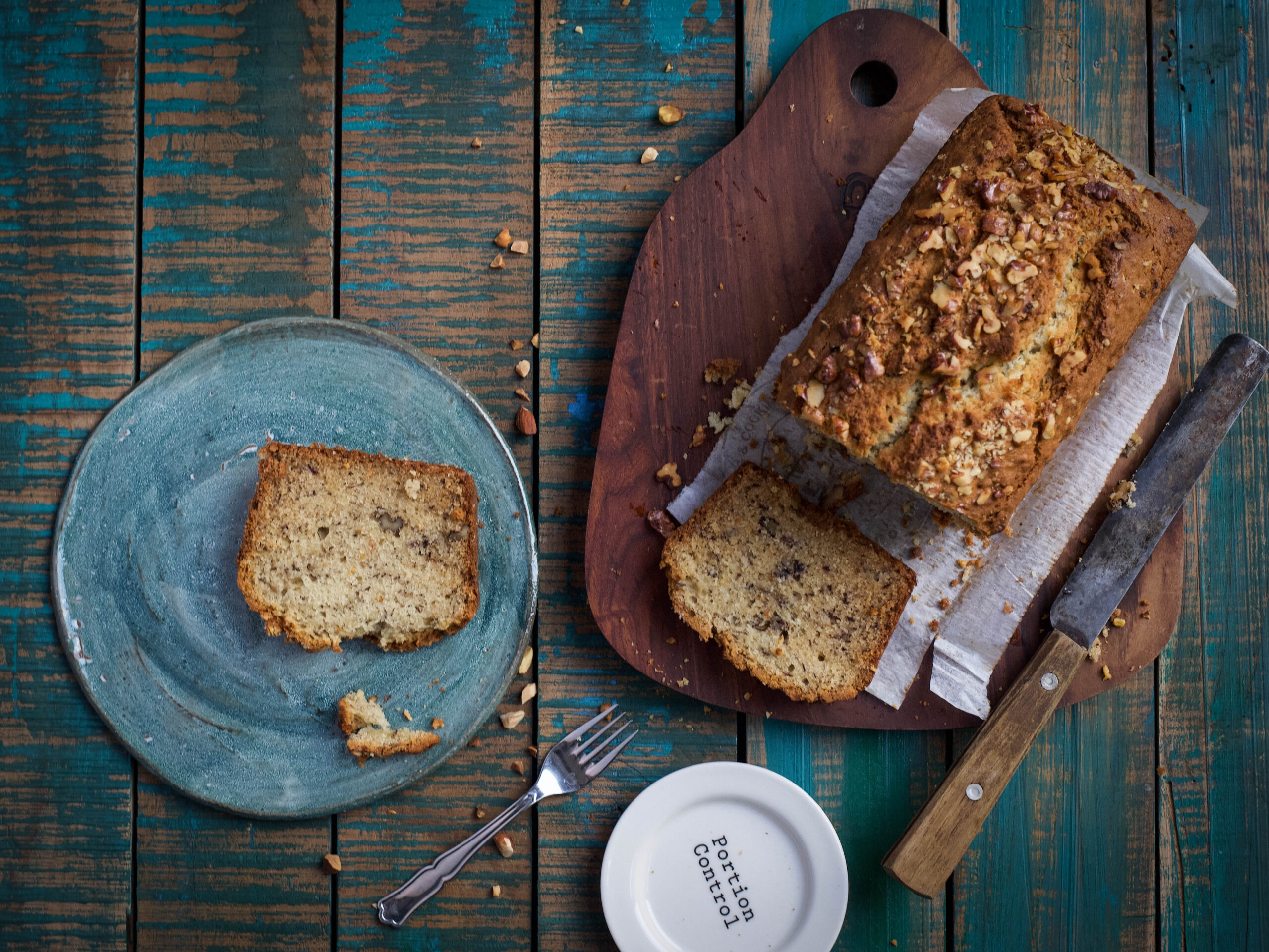
I’ve chosen to share this banana bread recipe with you because while it’s a cake, it’s also one of the healthier desserts you can have. If, like me, you have an eye on your fitness, you certainly won’t feel like you’ve cheated on your diet plan. If you’re a fan of banana and looking for something slightly more decadent, try the deep-fried deliciousness of my banana-methi fritters!
I always think of the recipes on this blog as a gift for those who live far away from my kitchen – if you can’t treat yourself to one of my homemade cakes, you can at least try to make it yourself!
